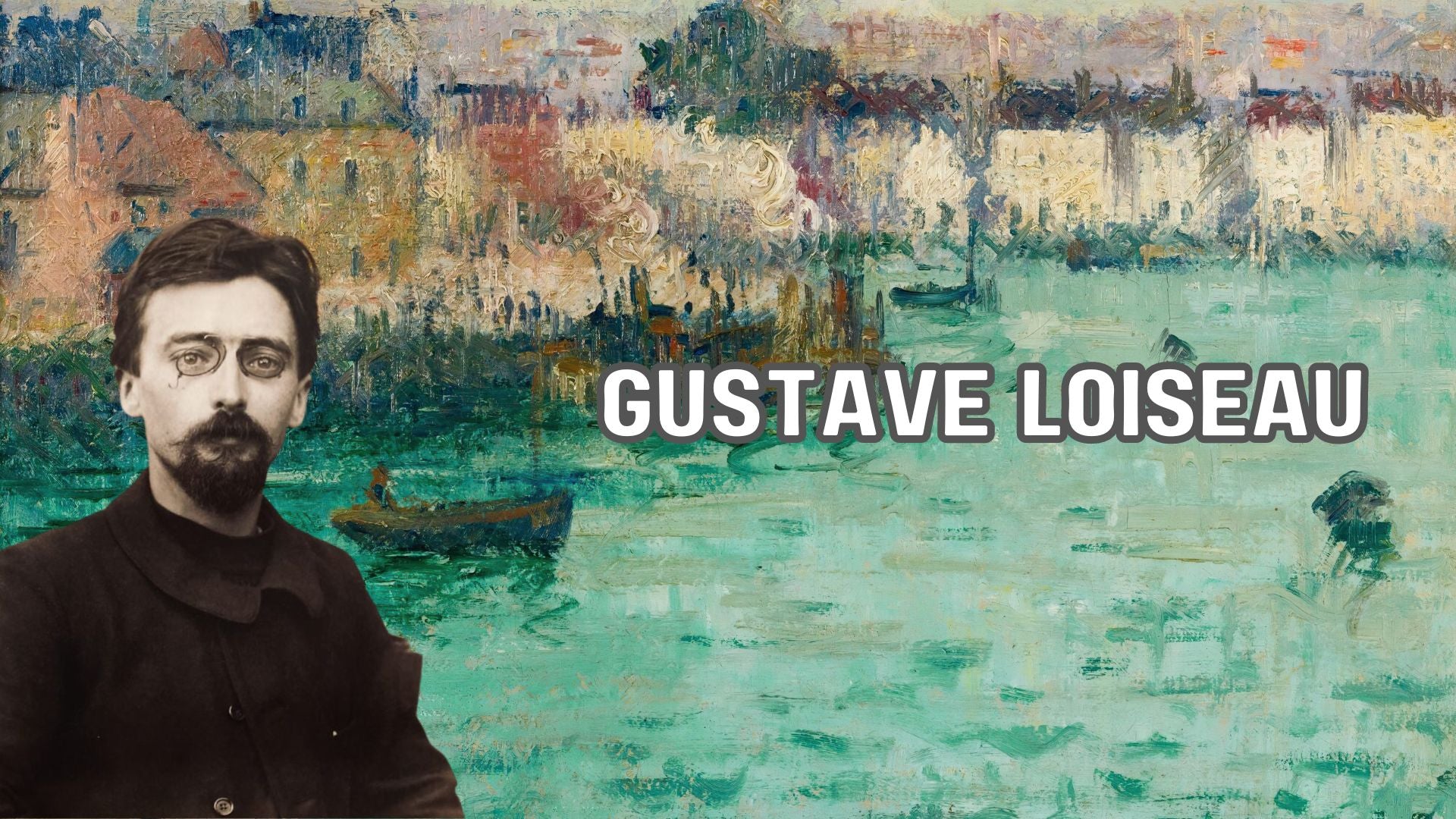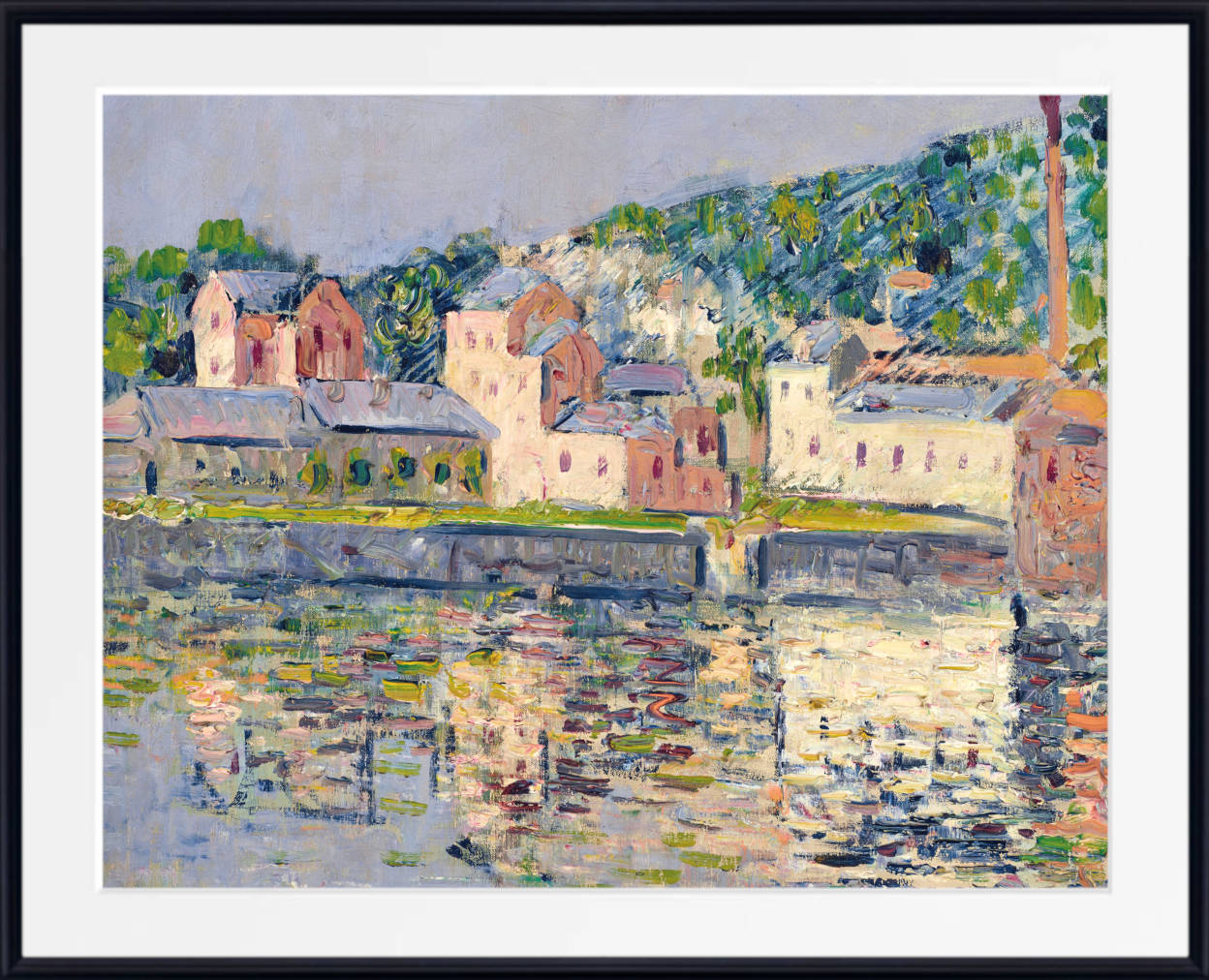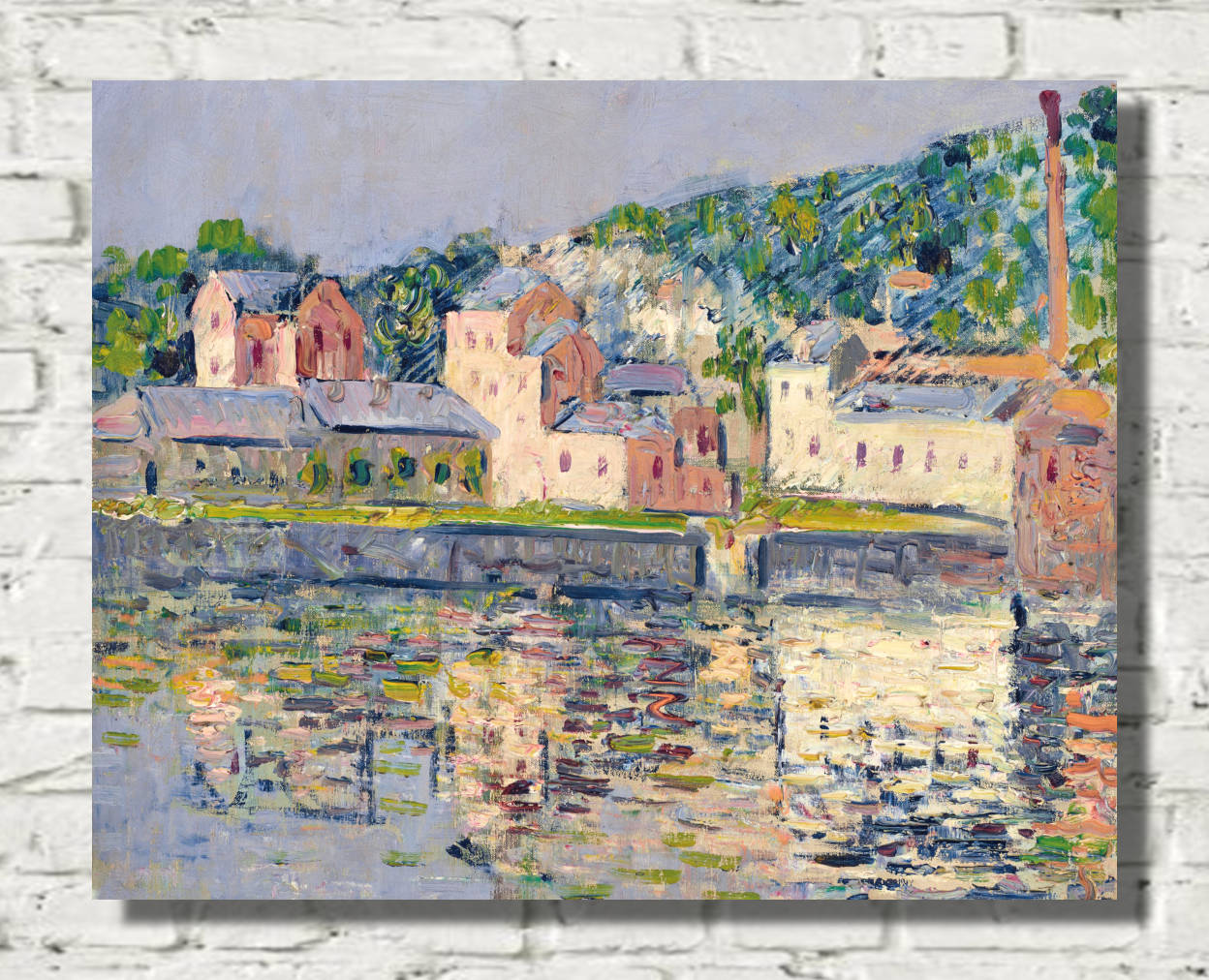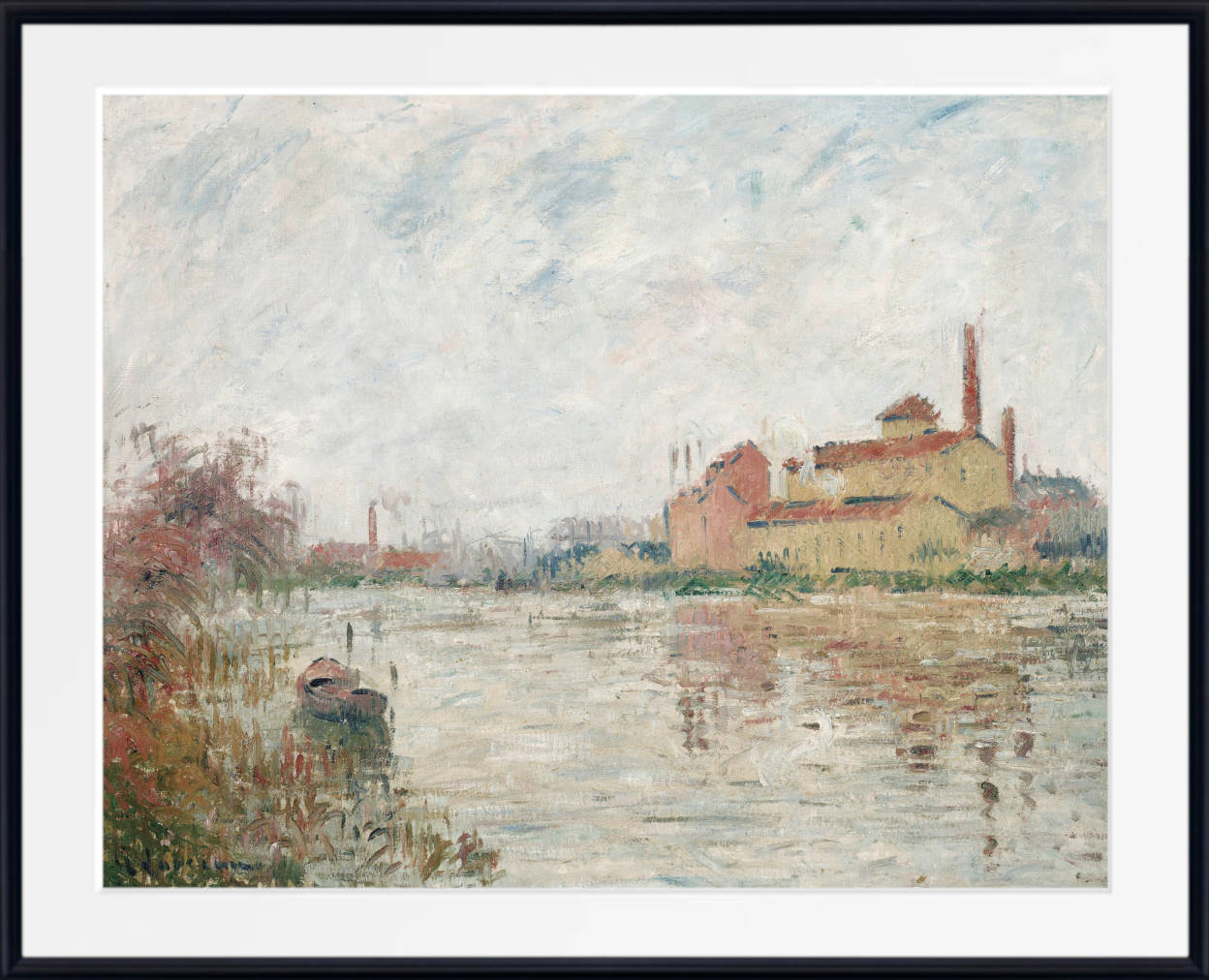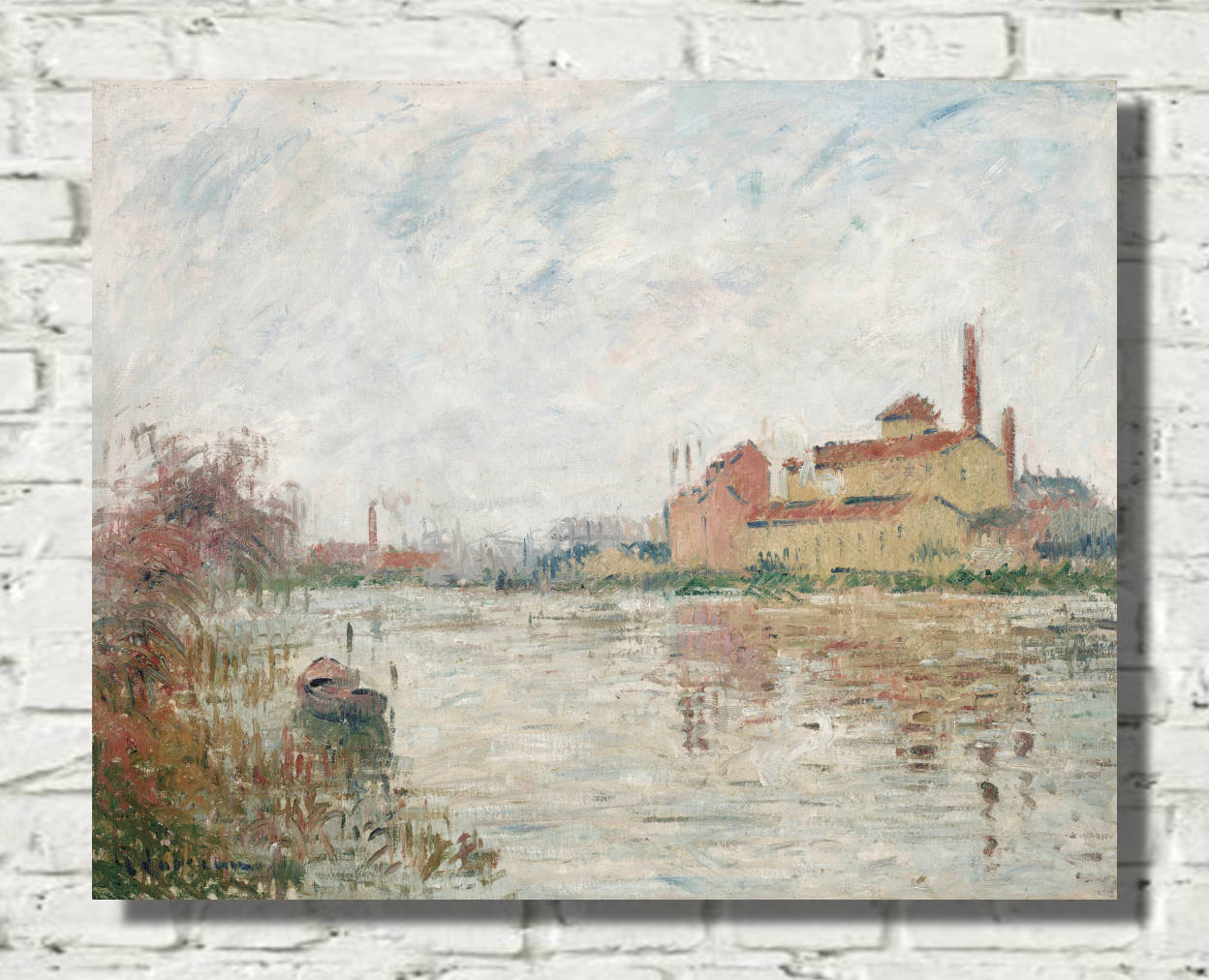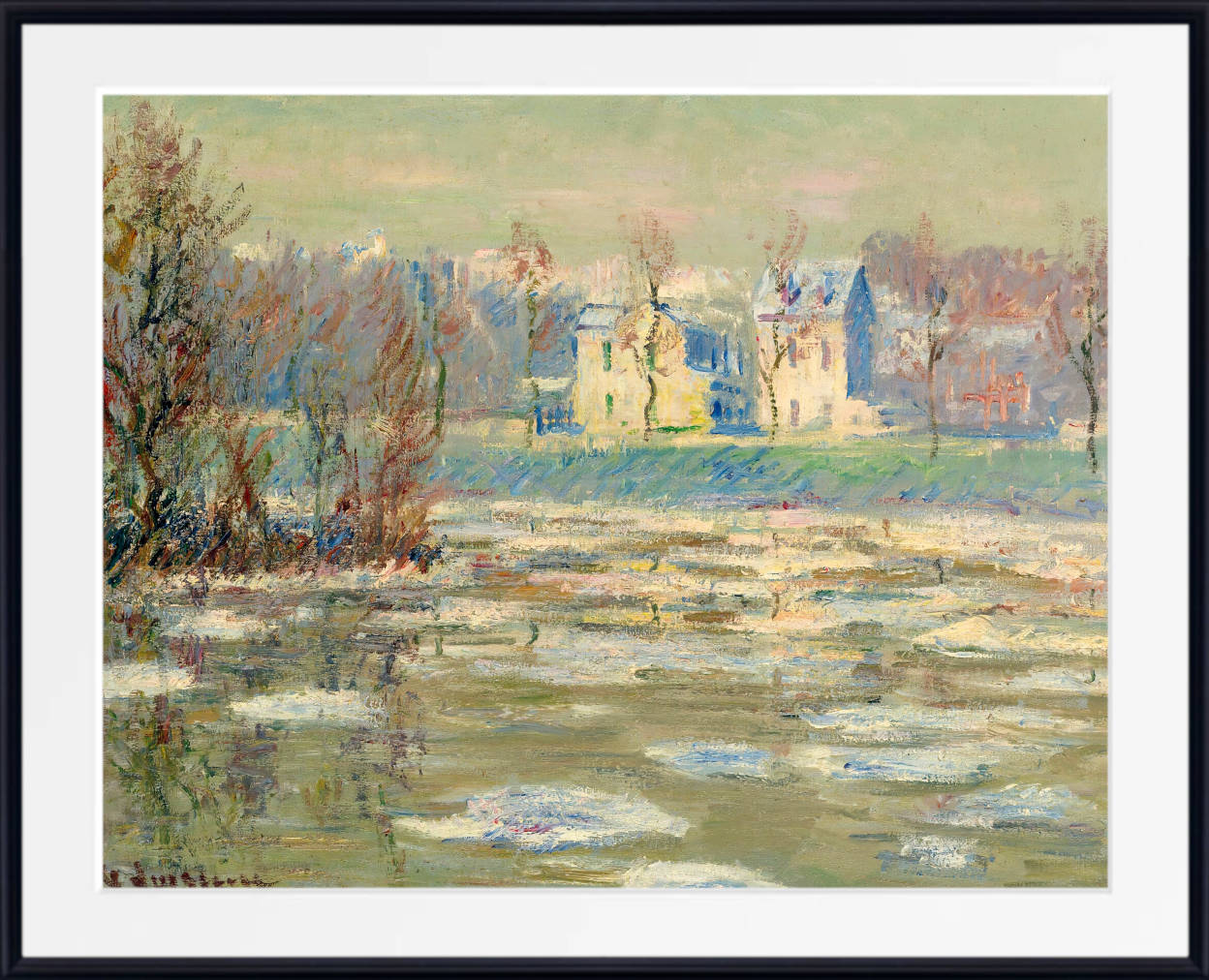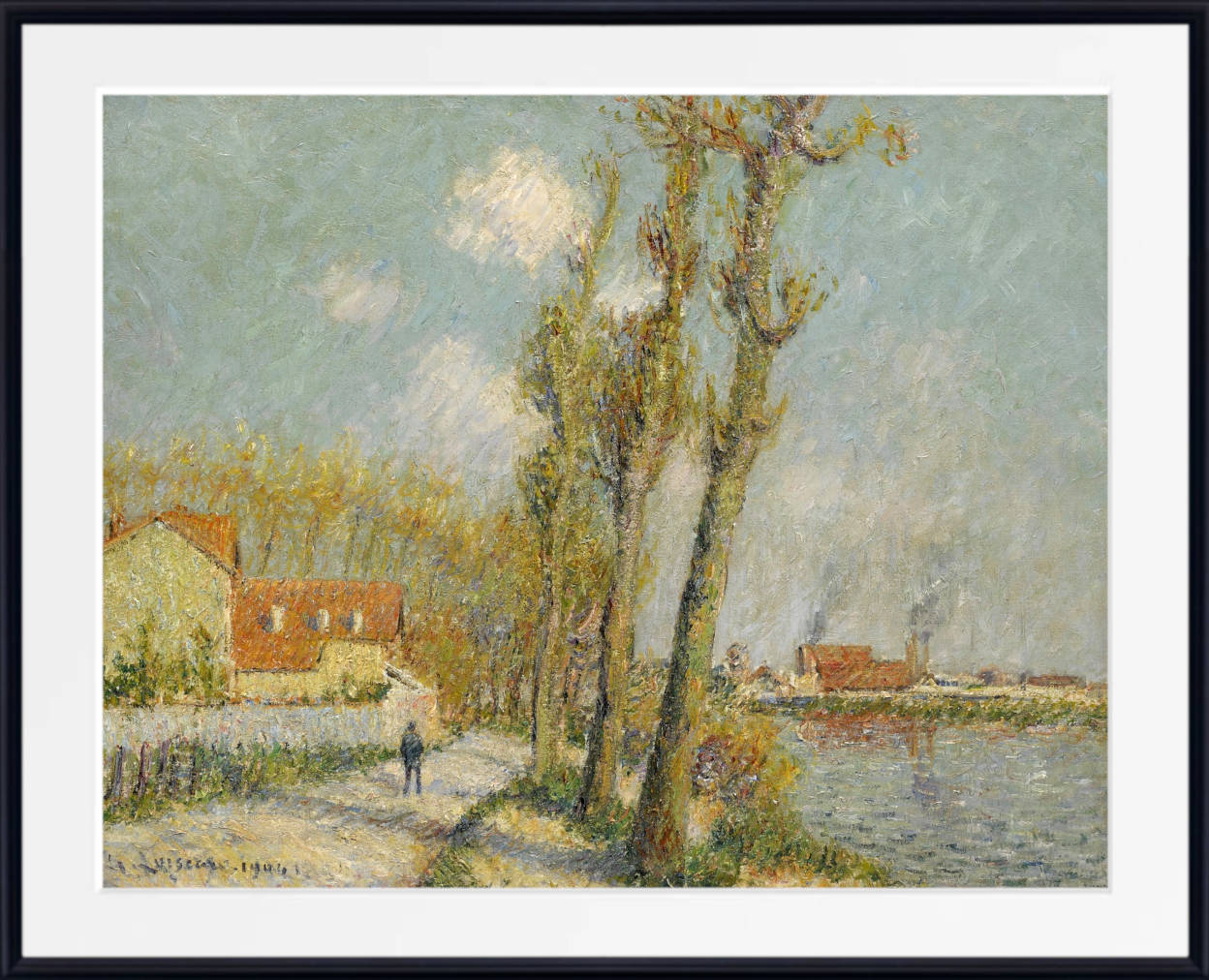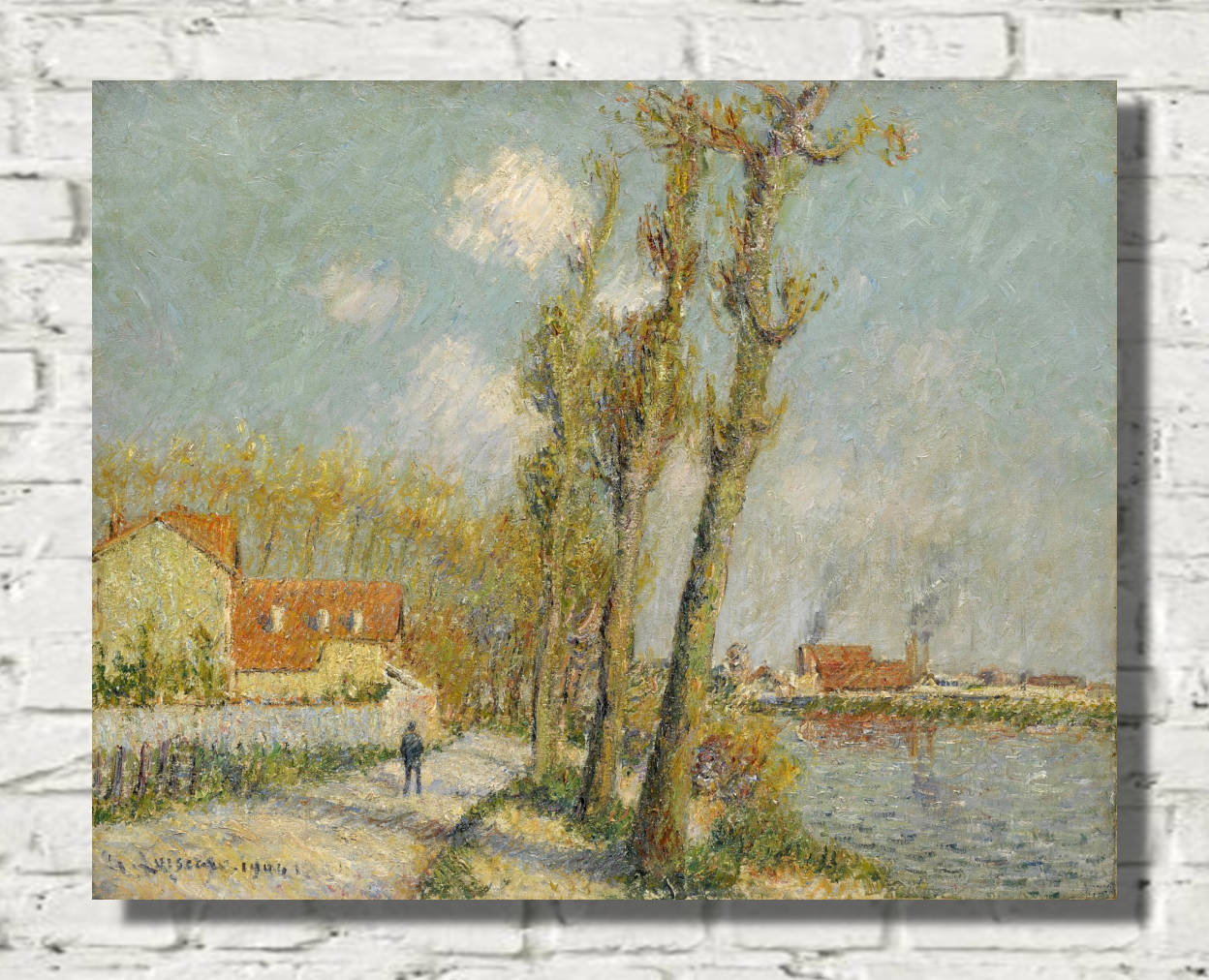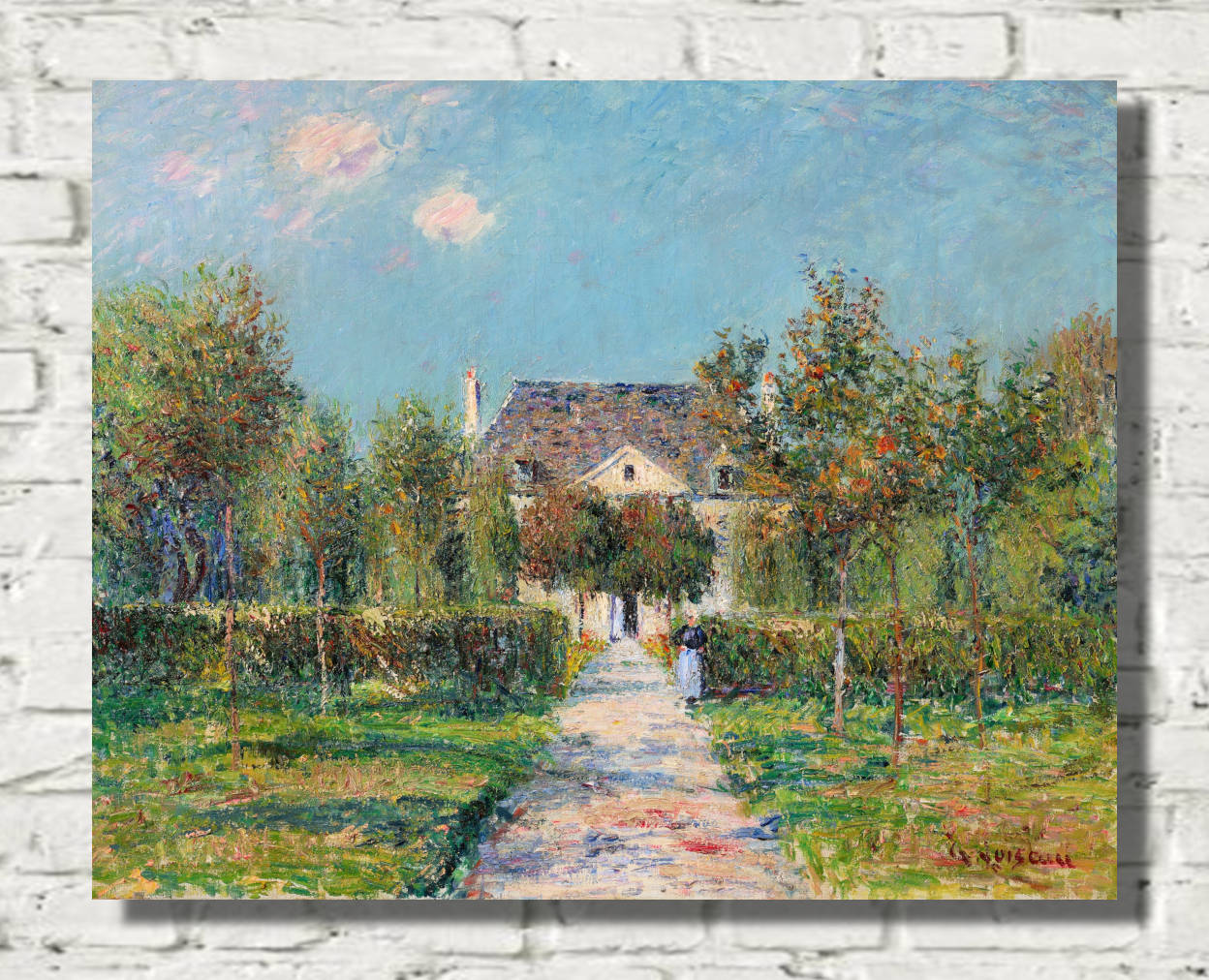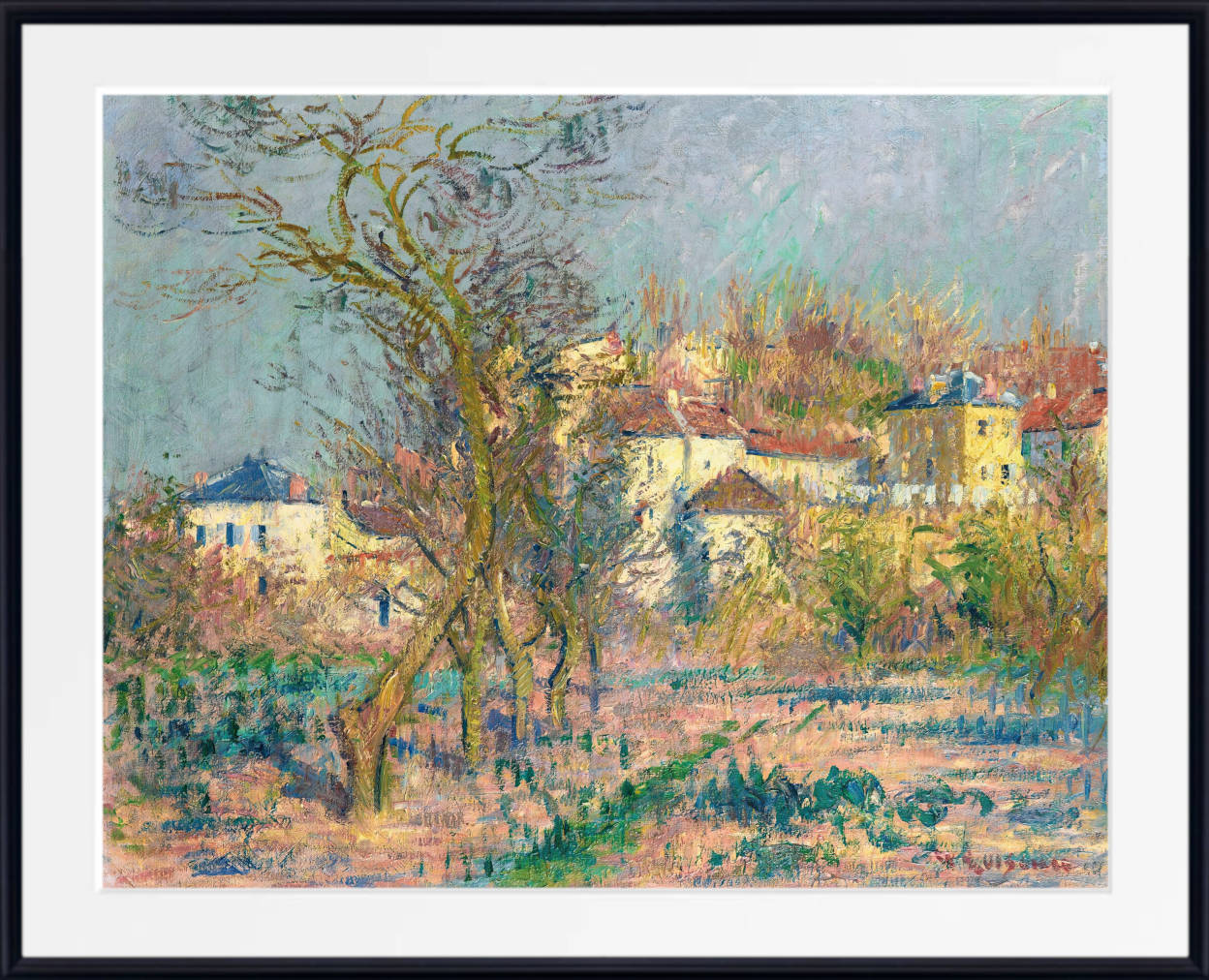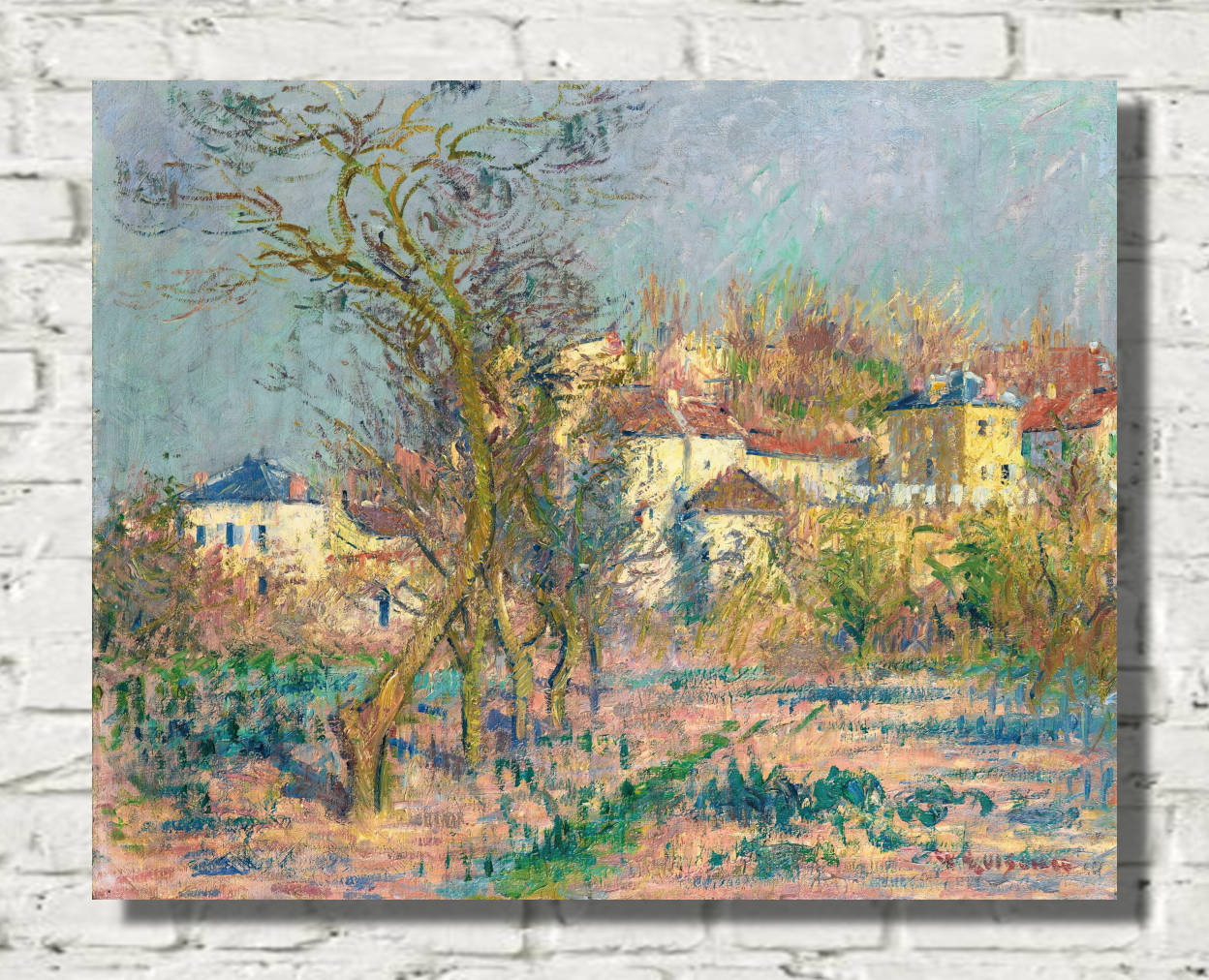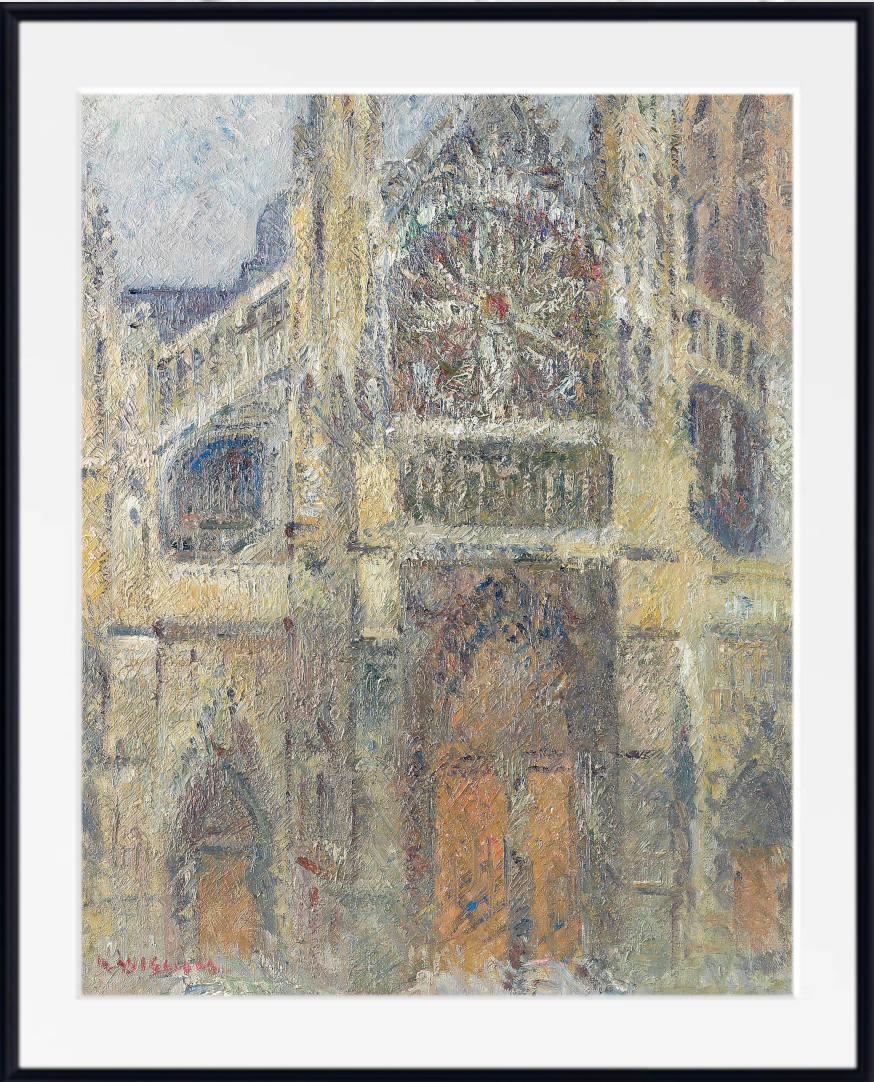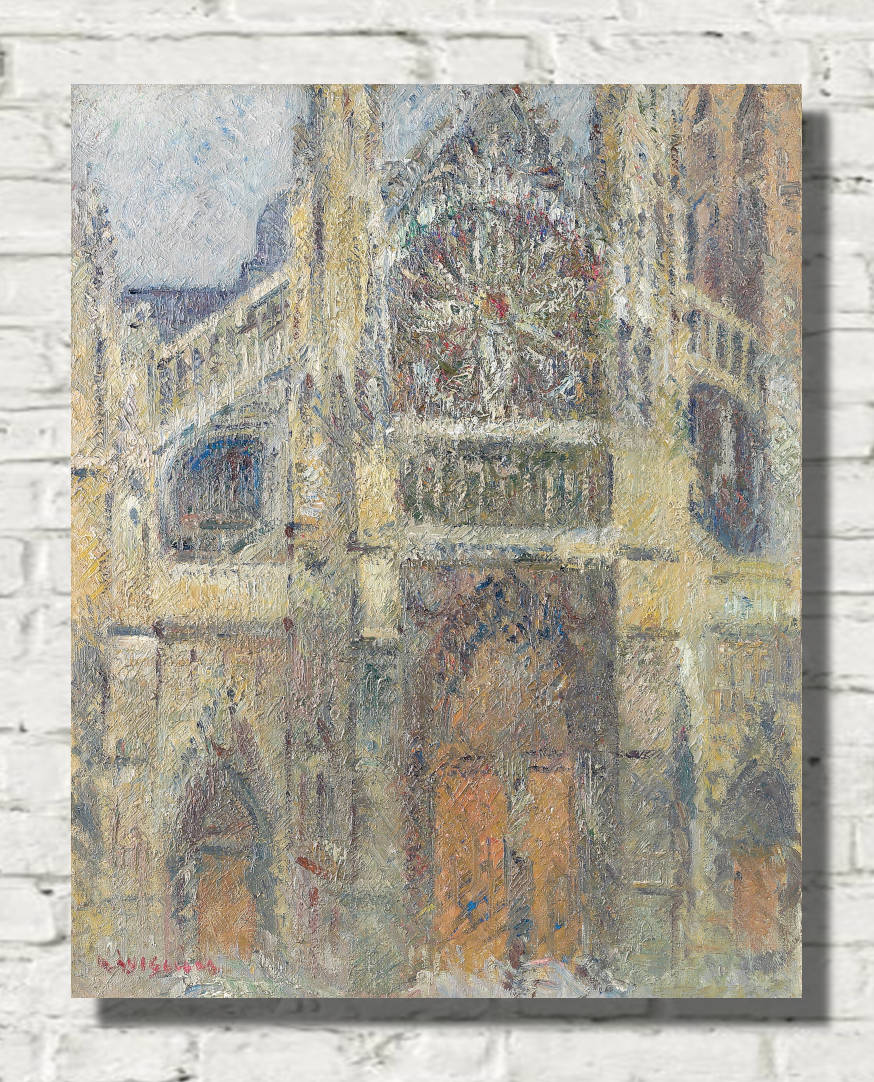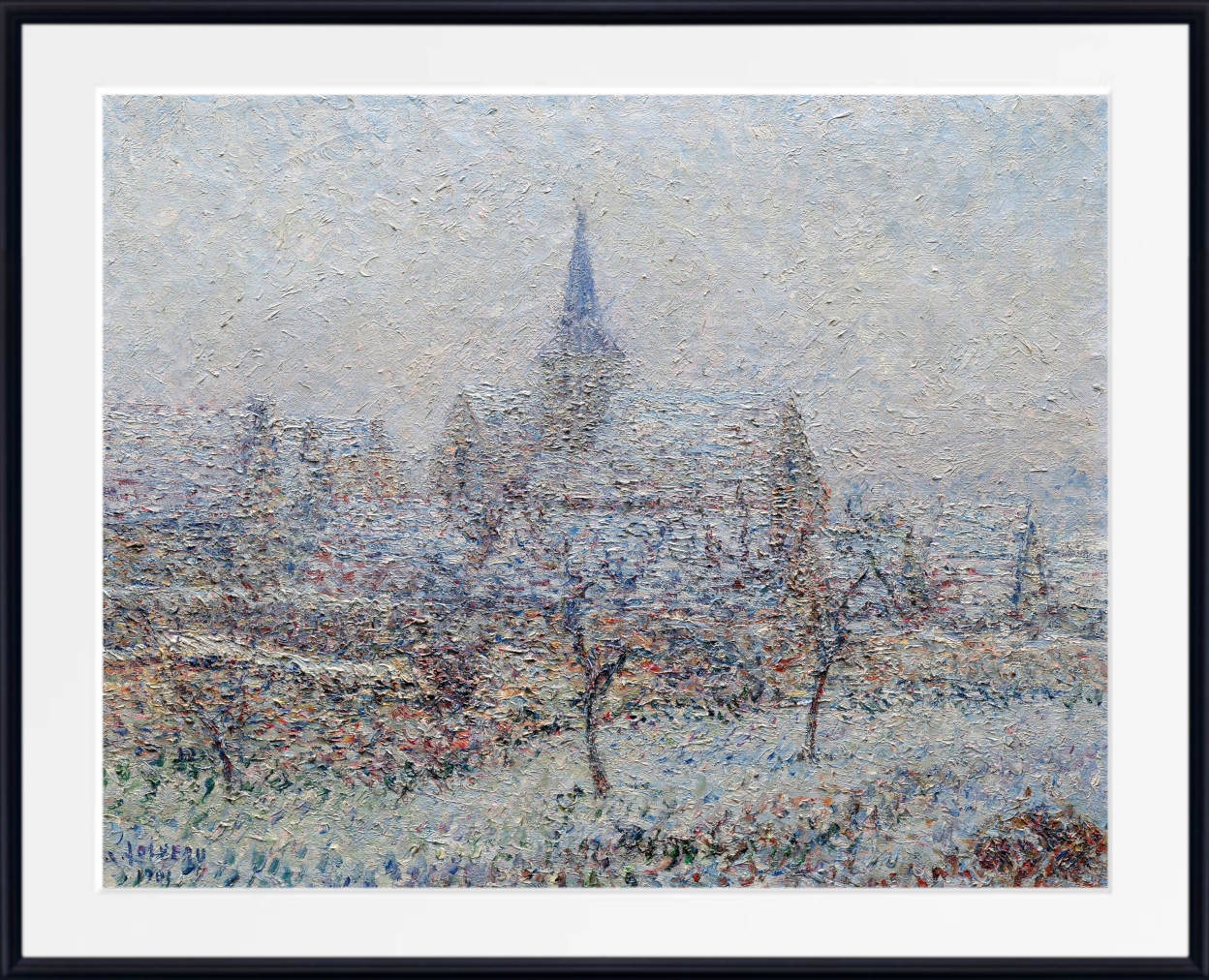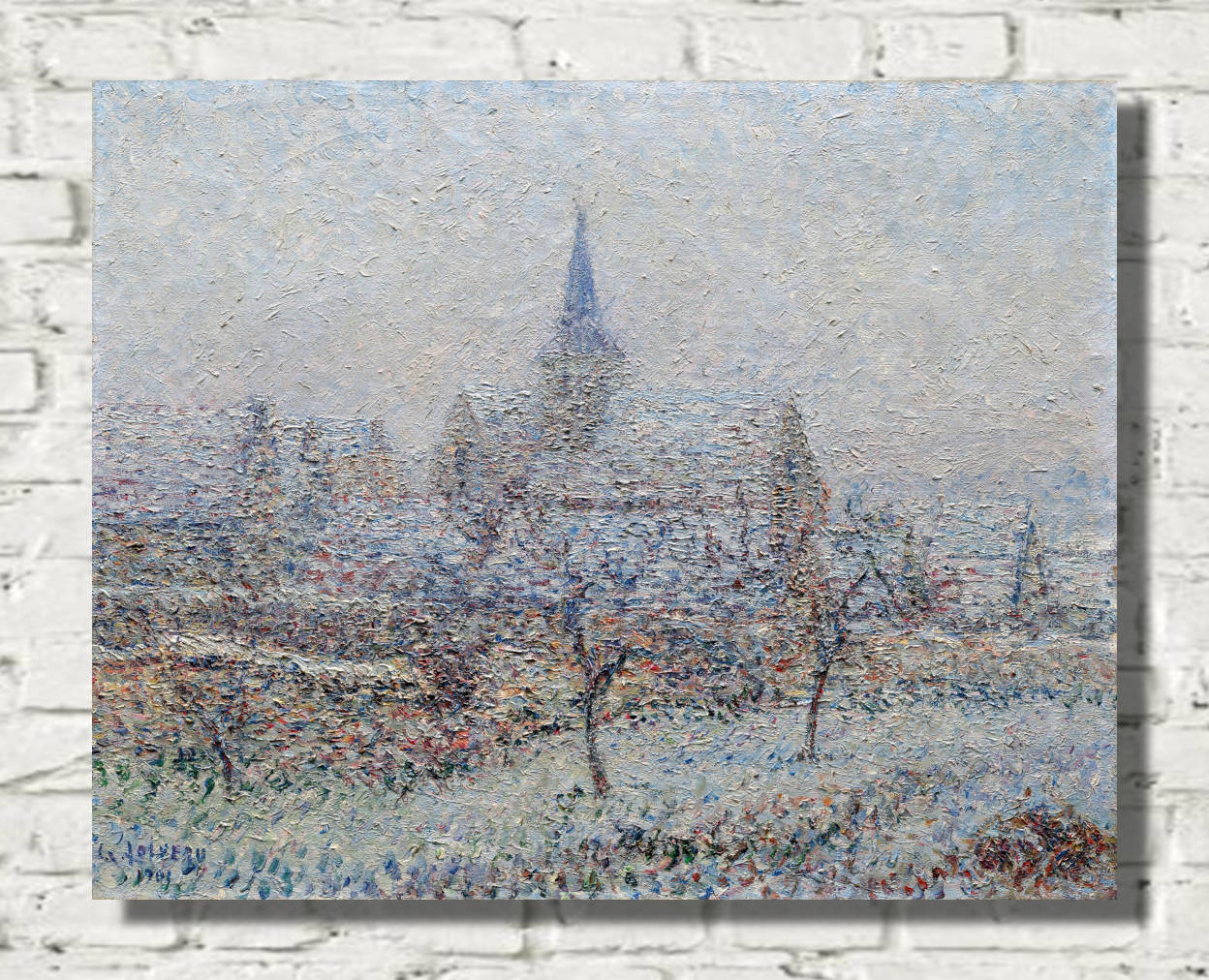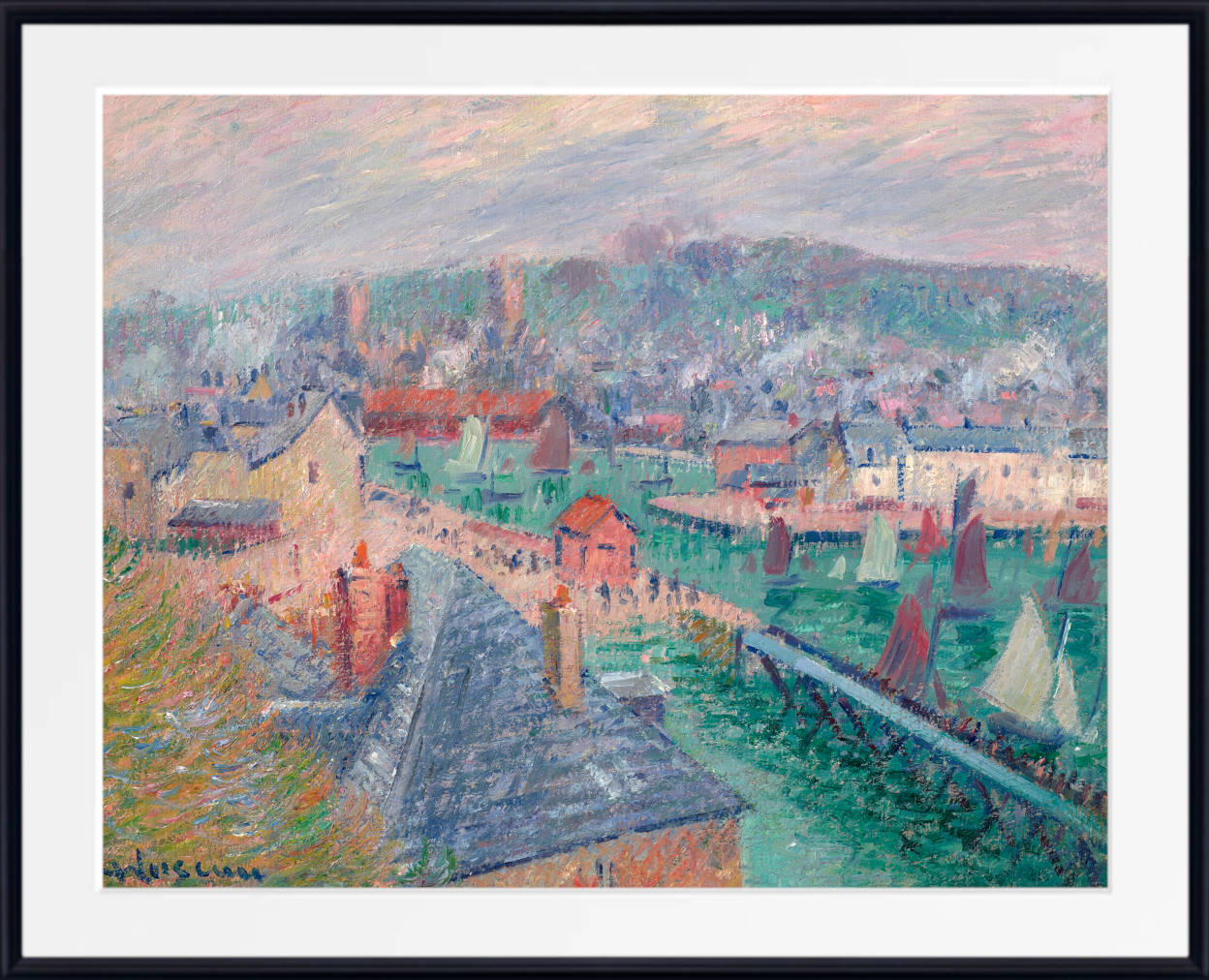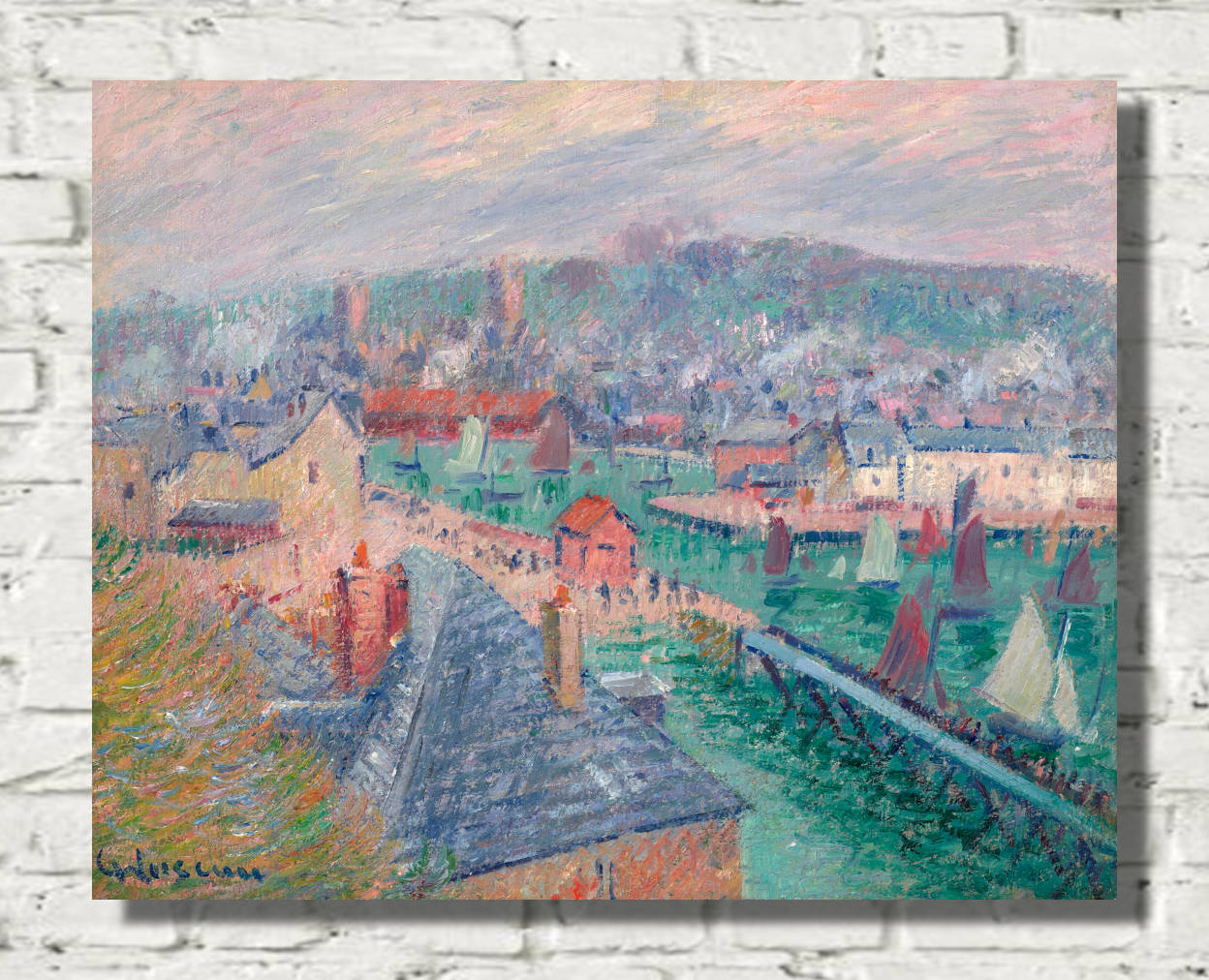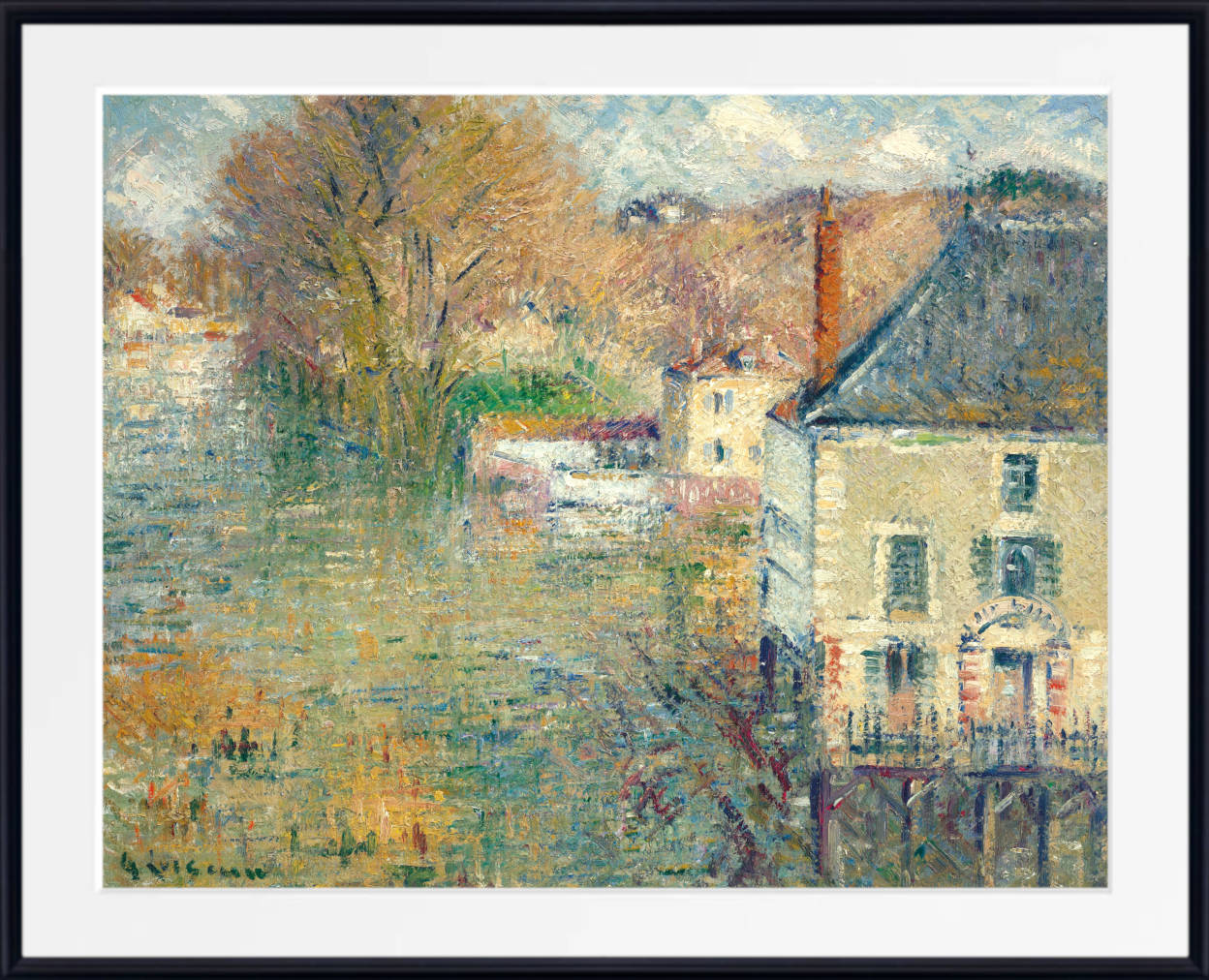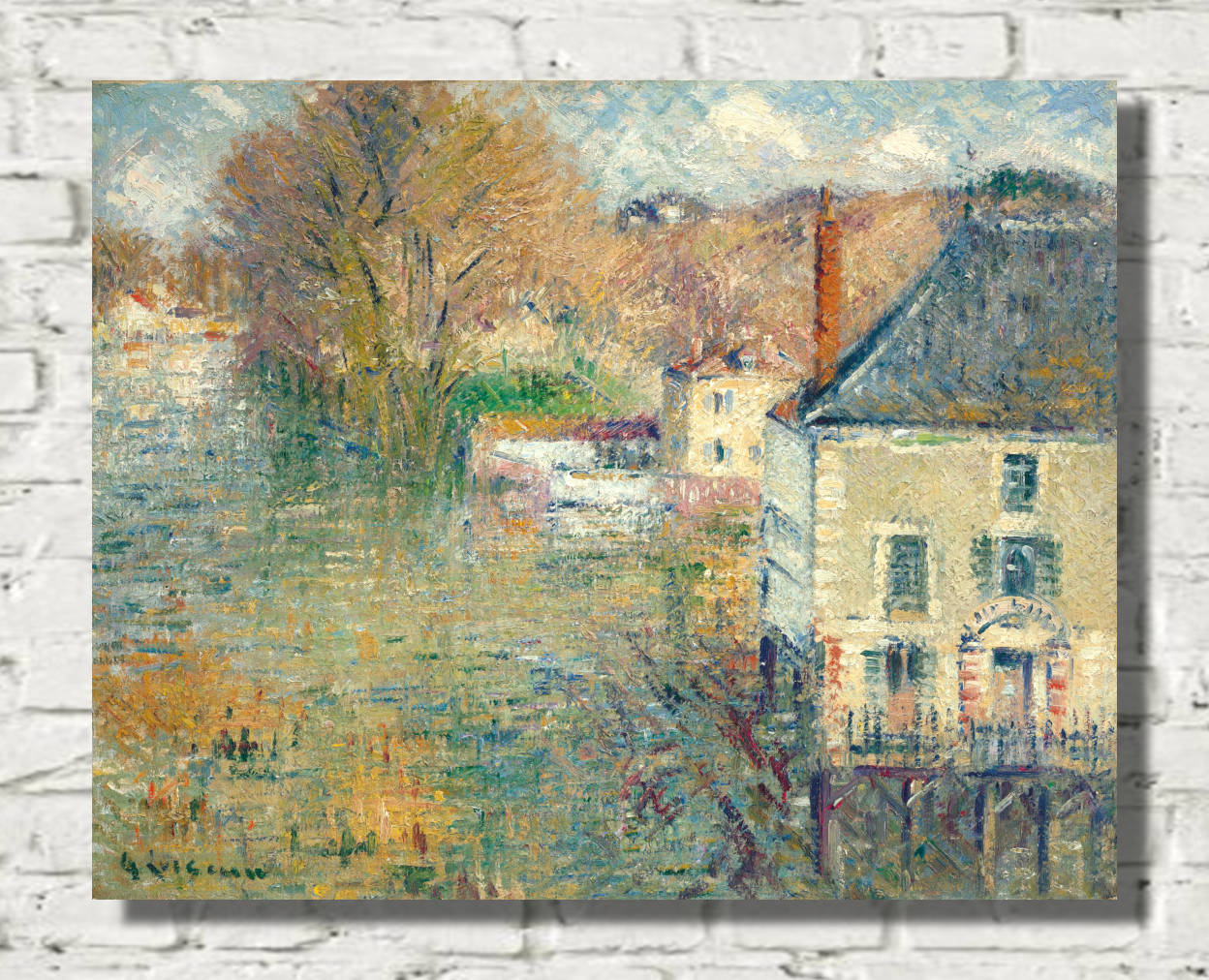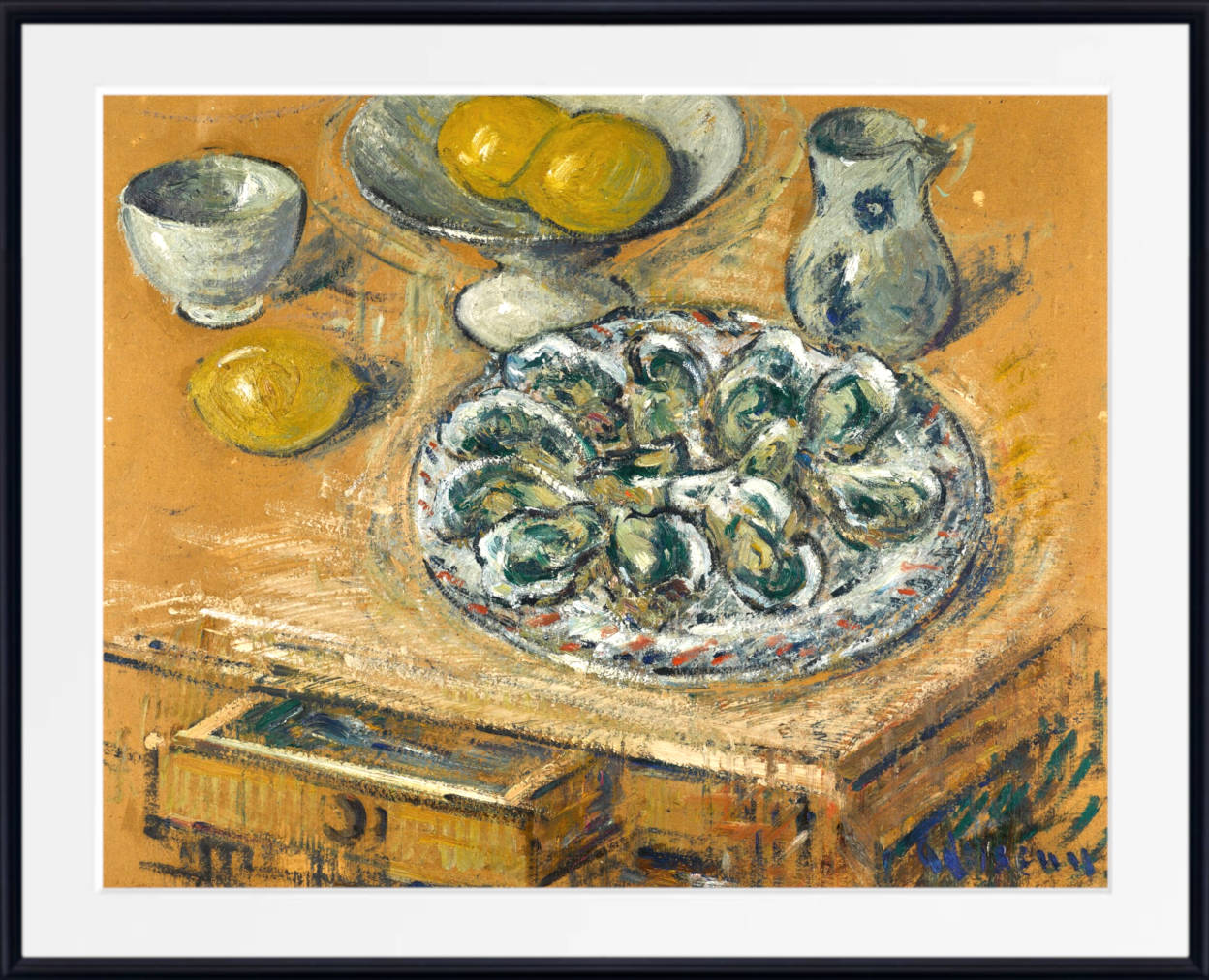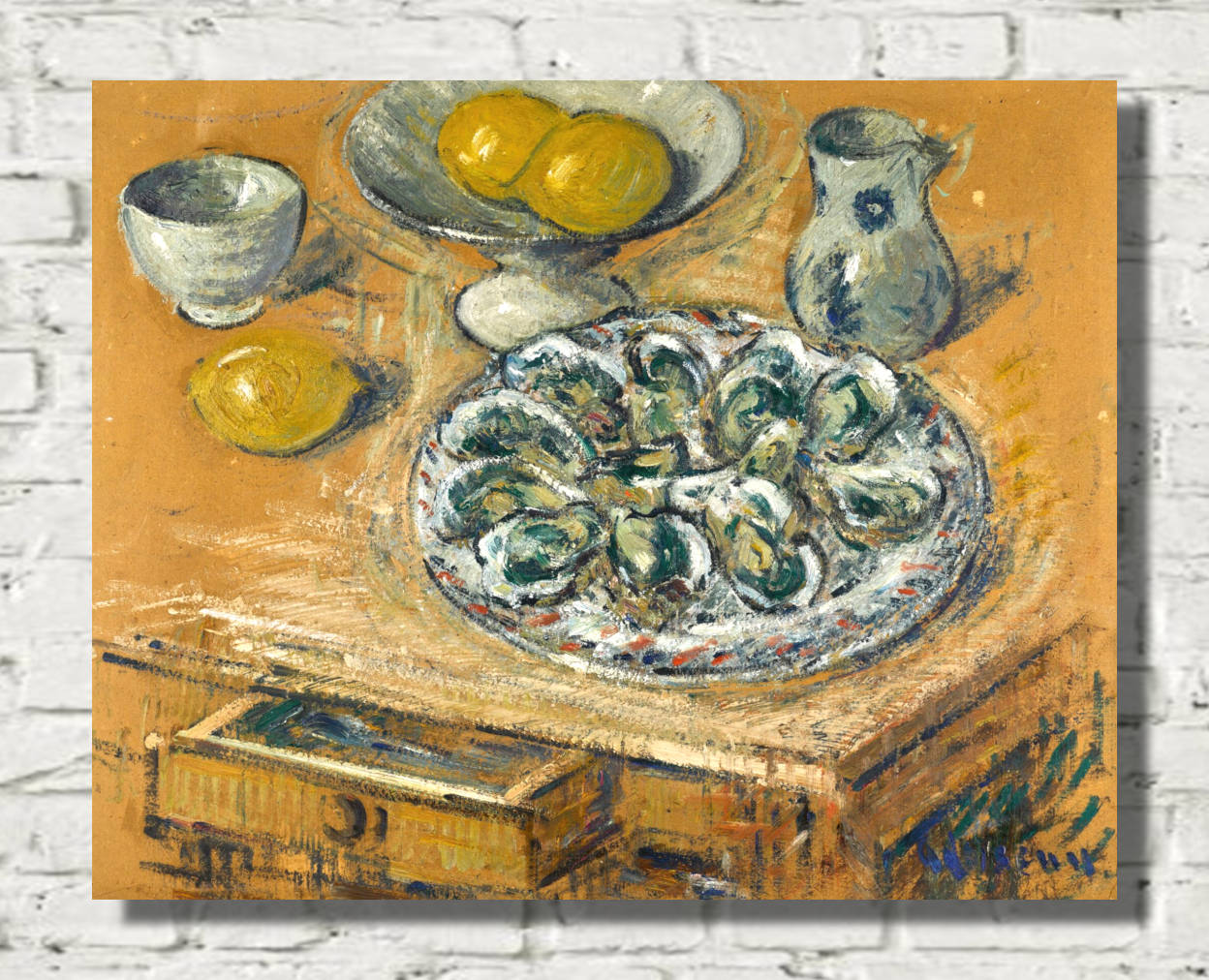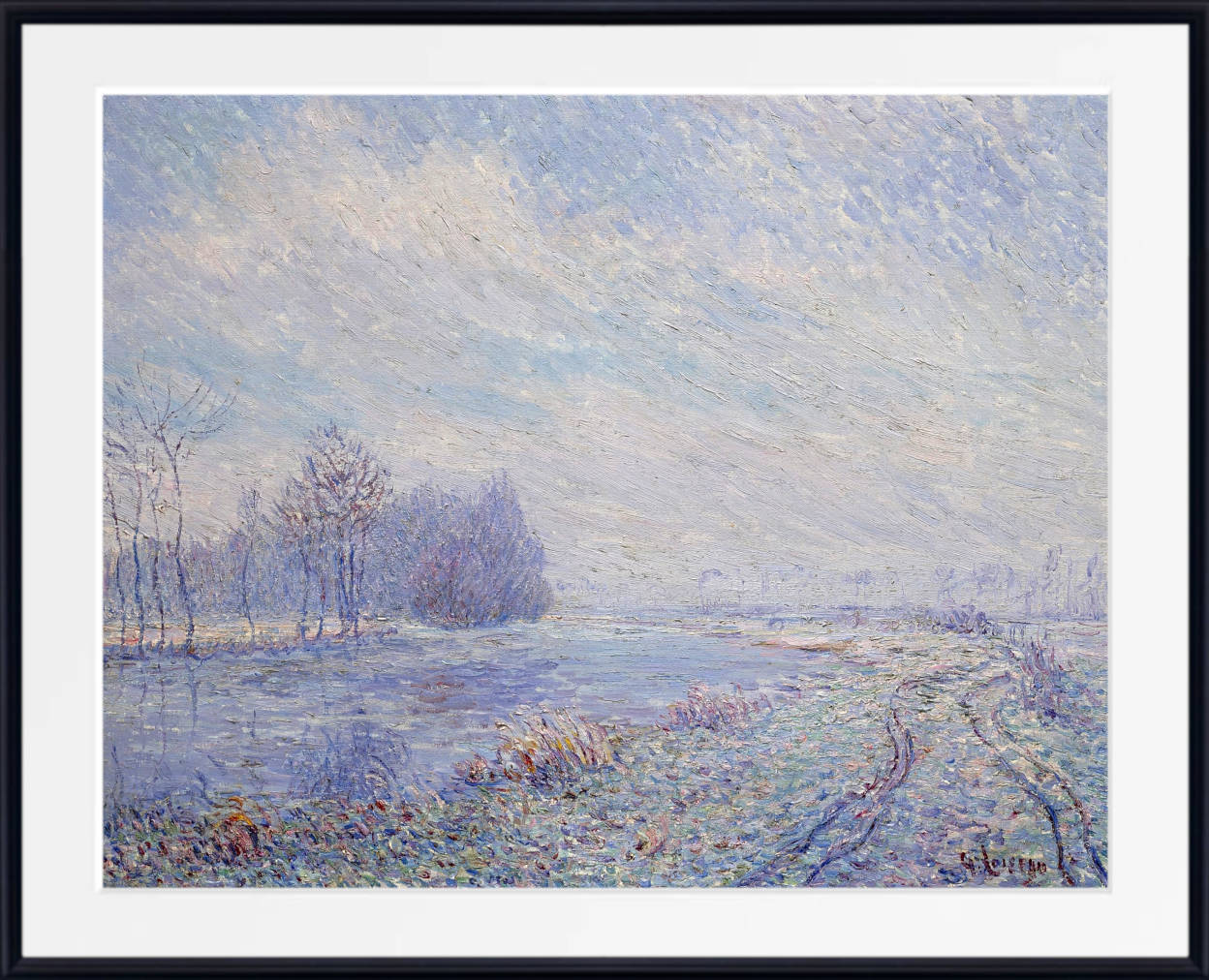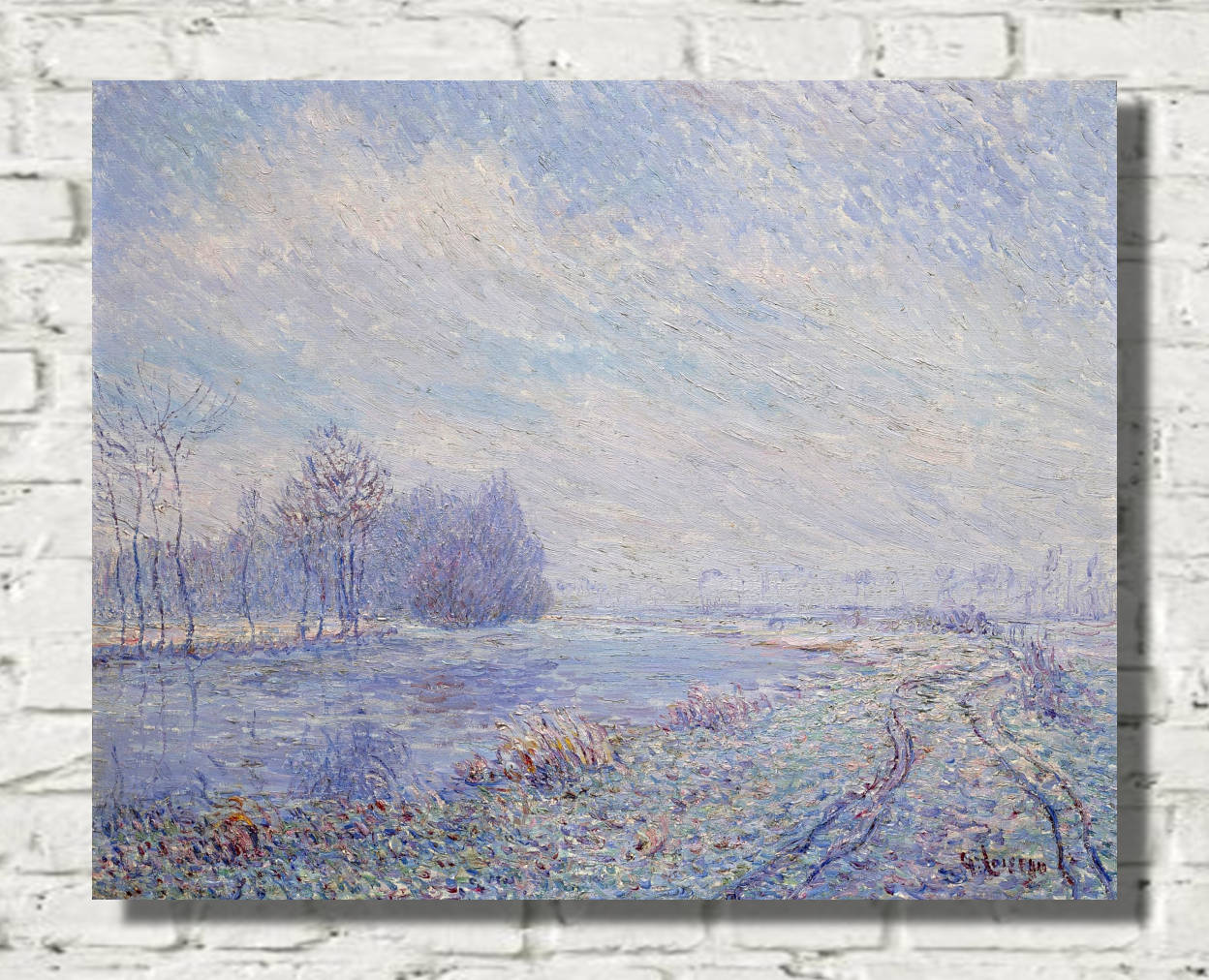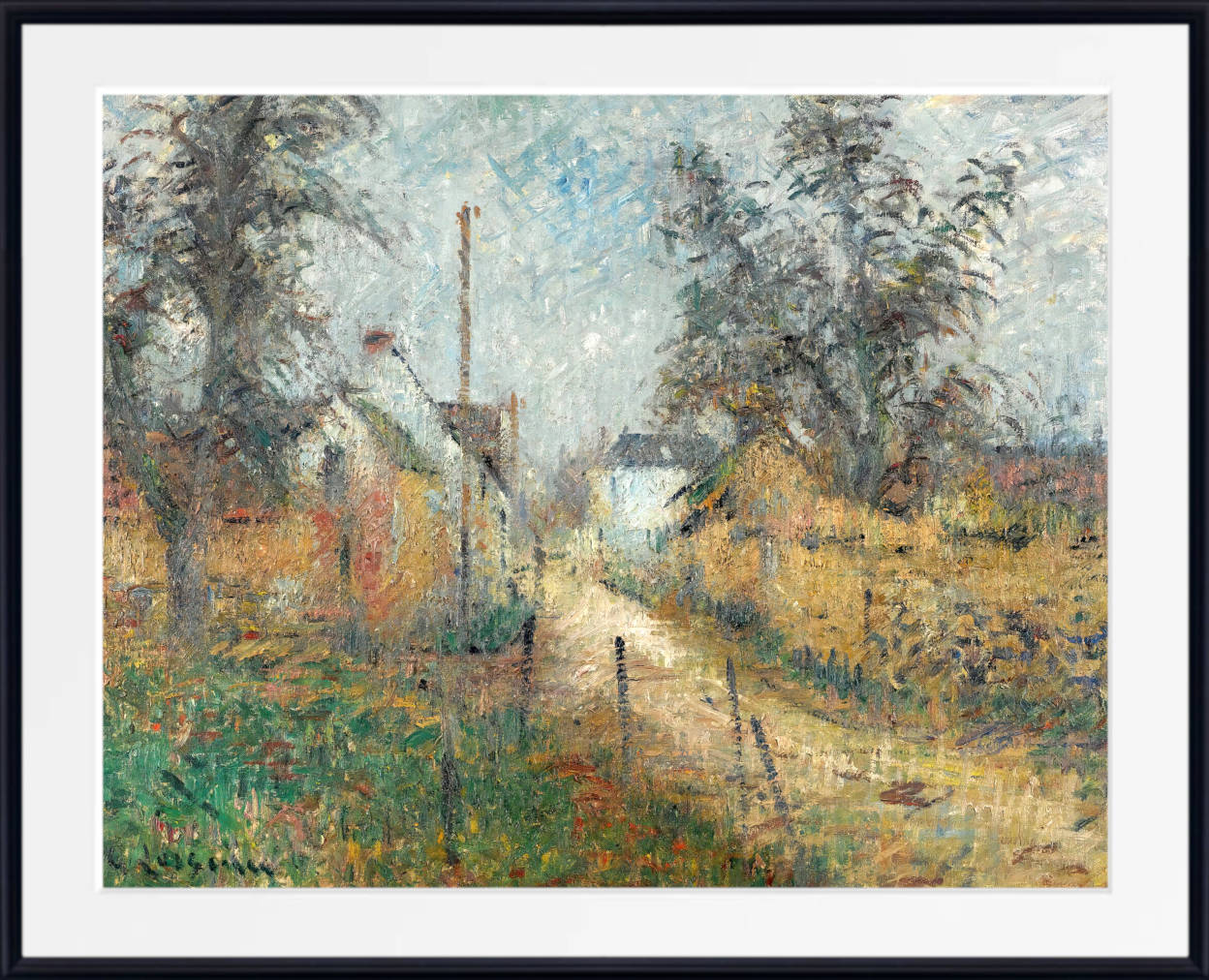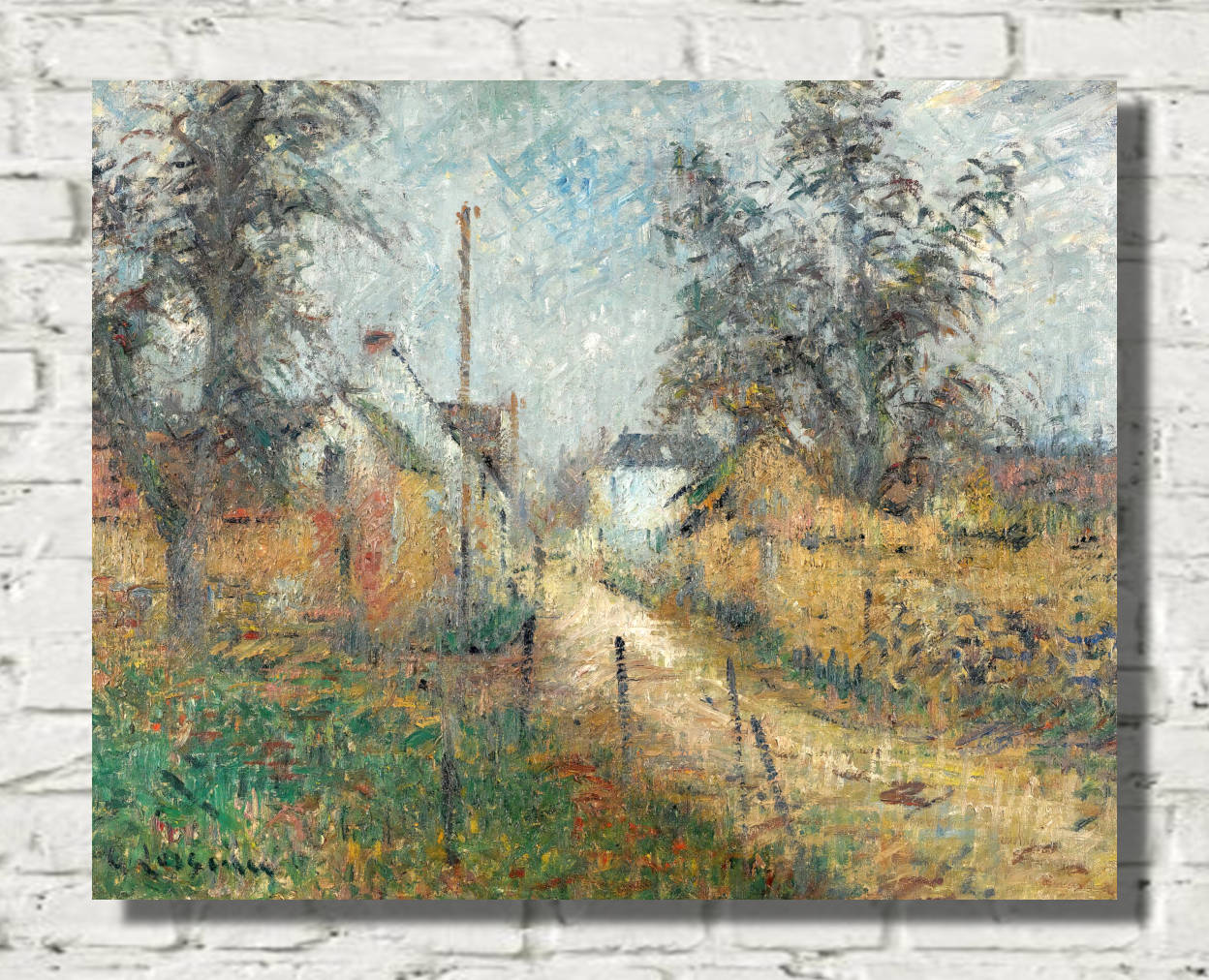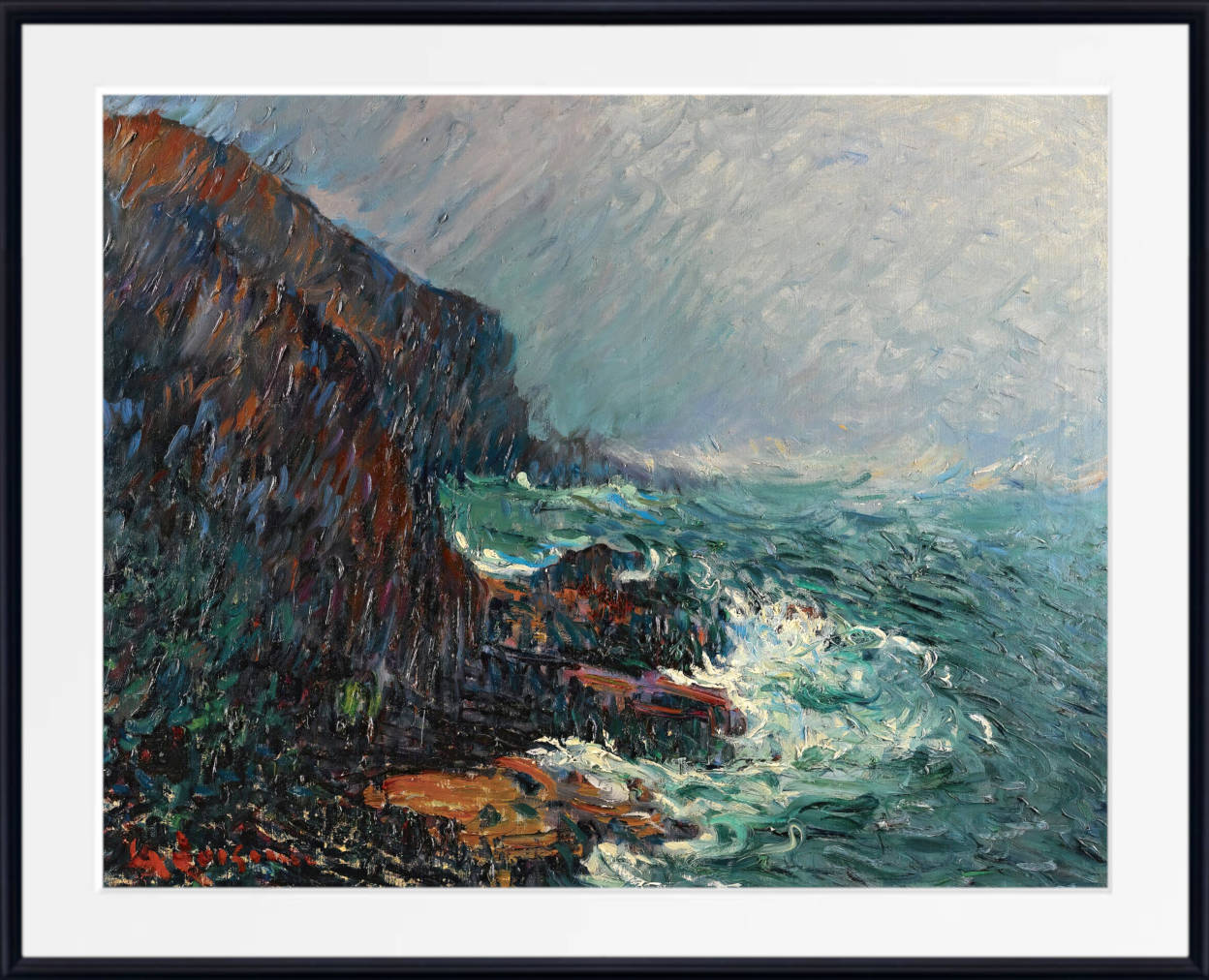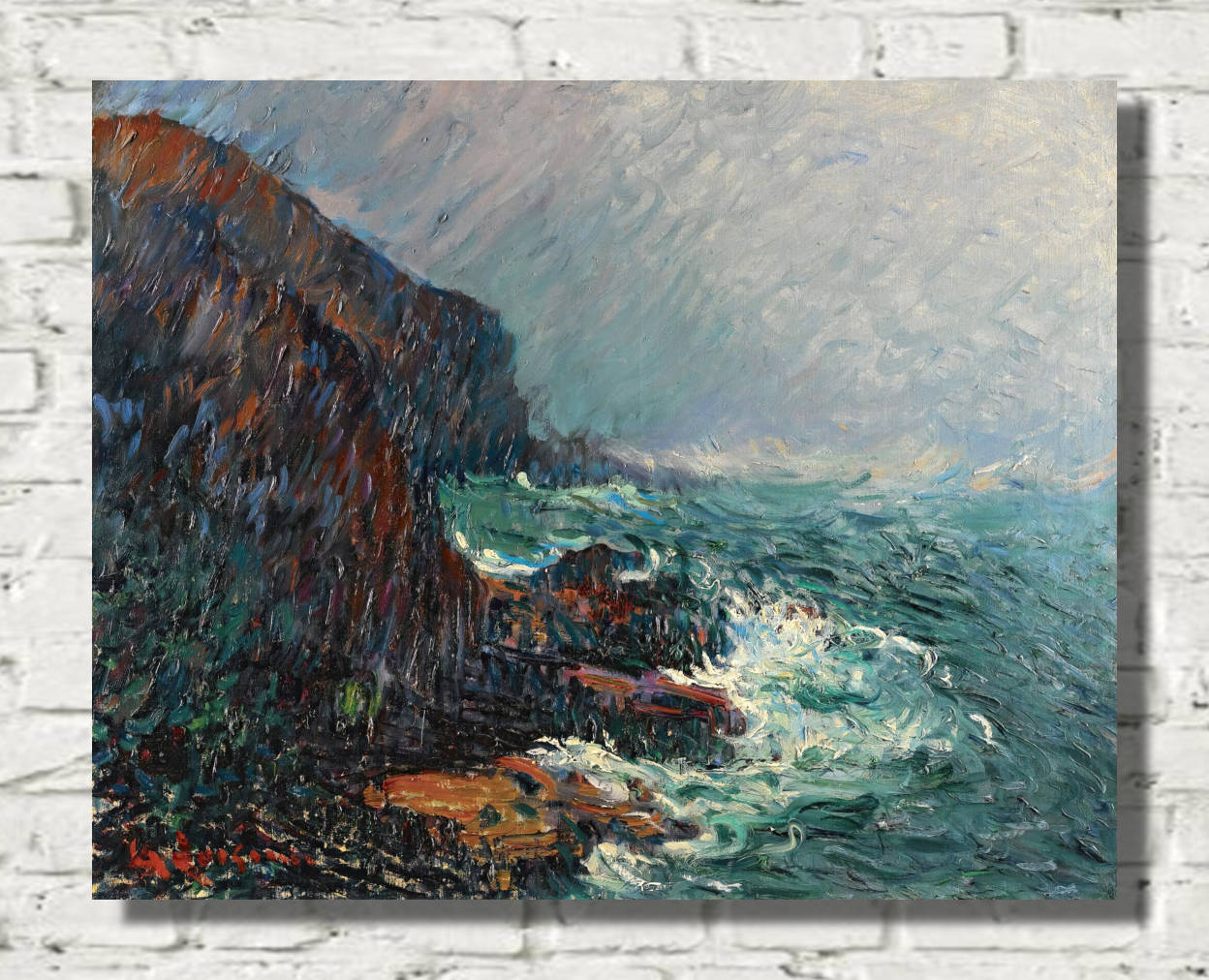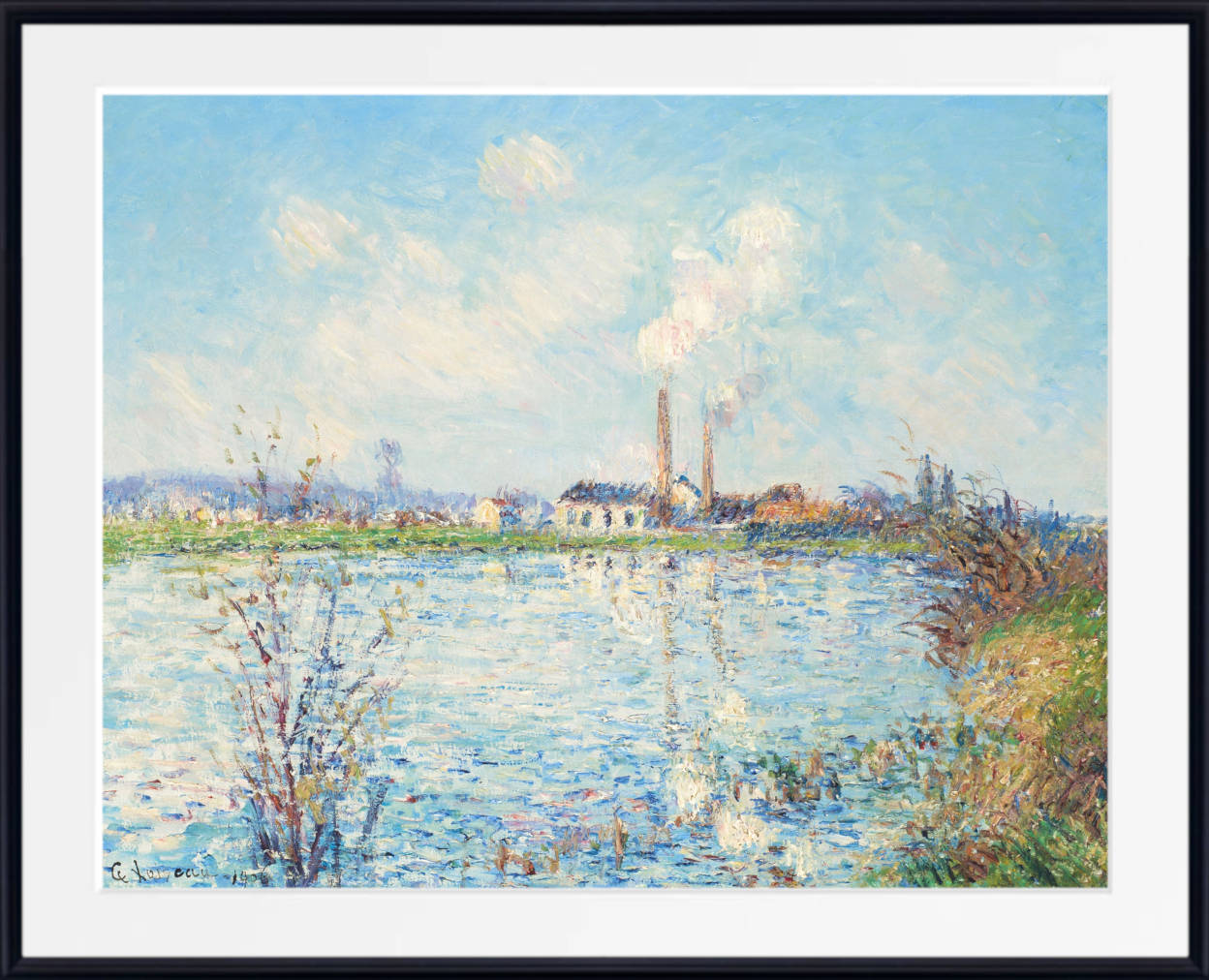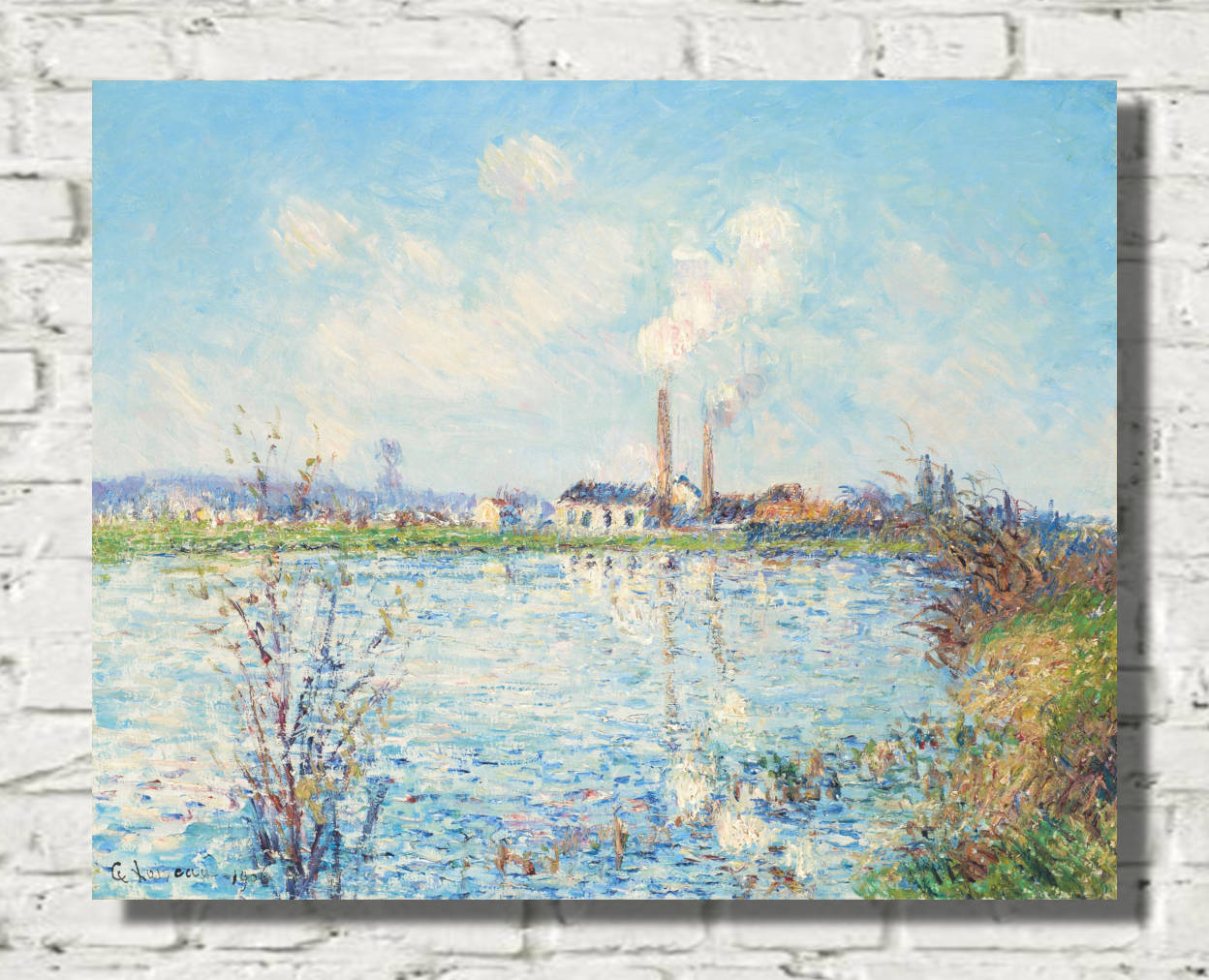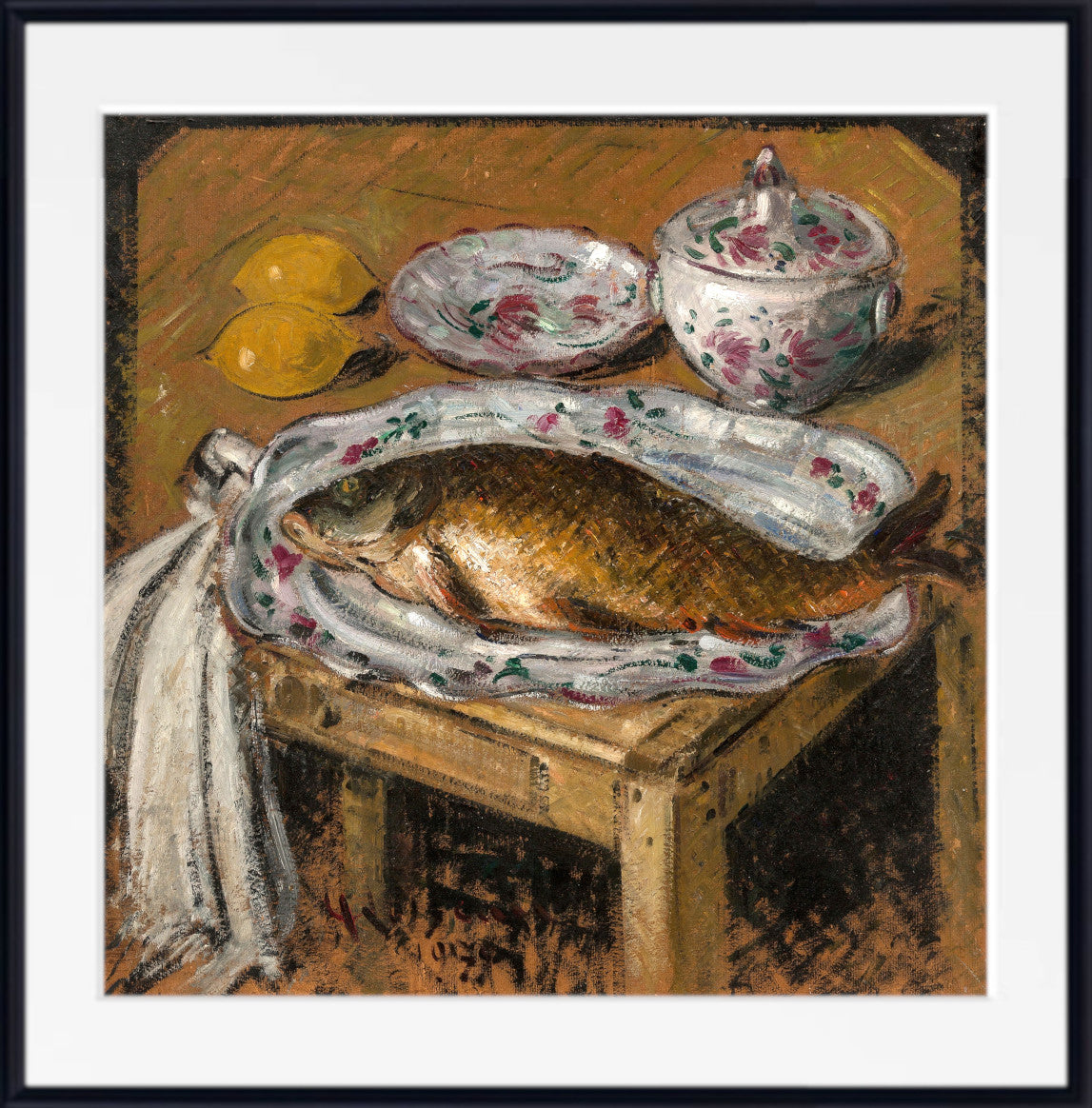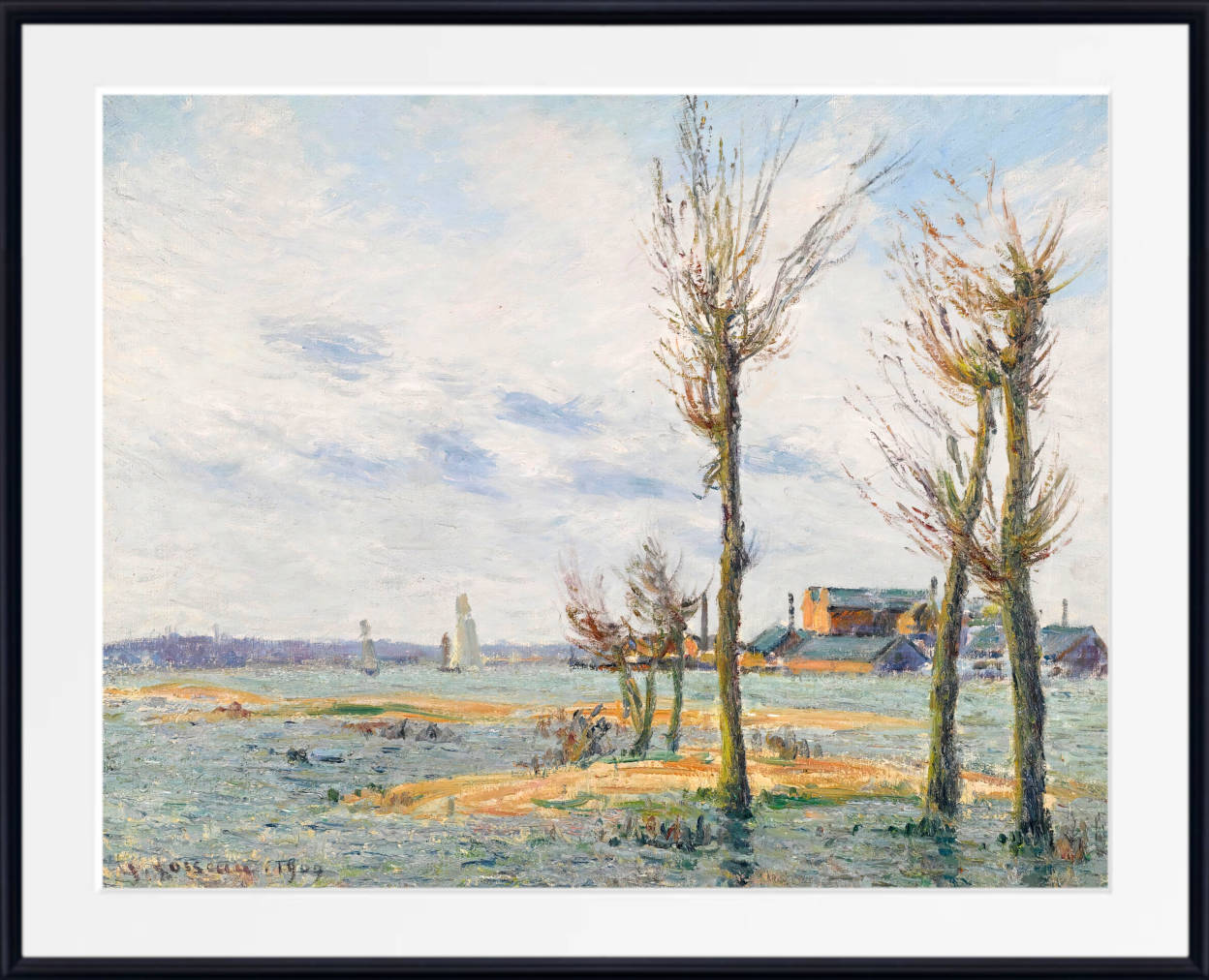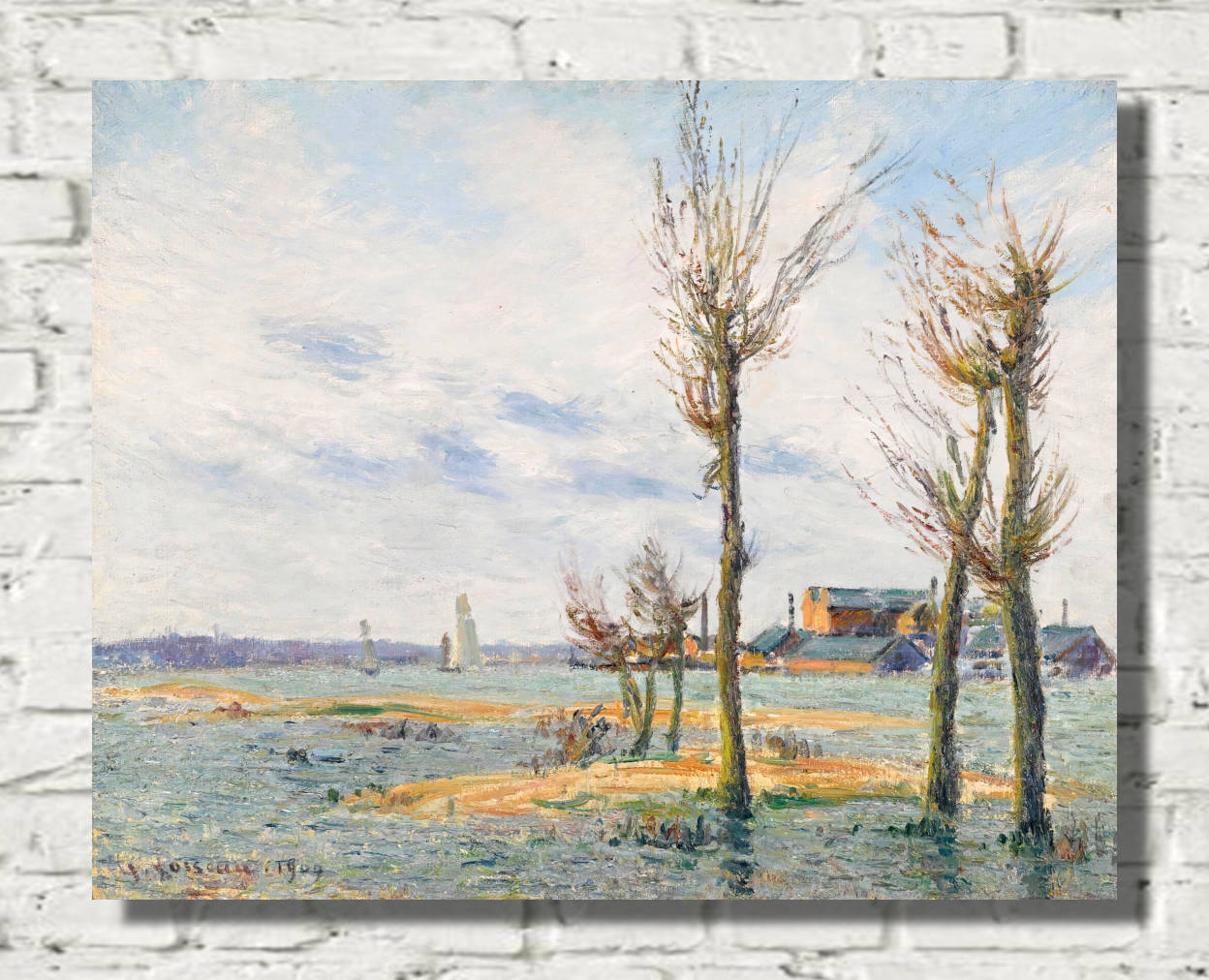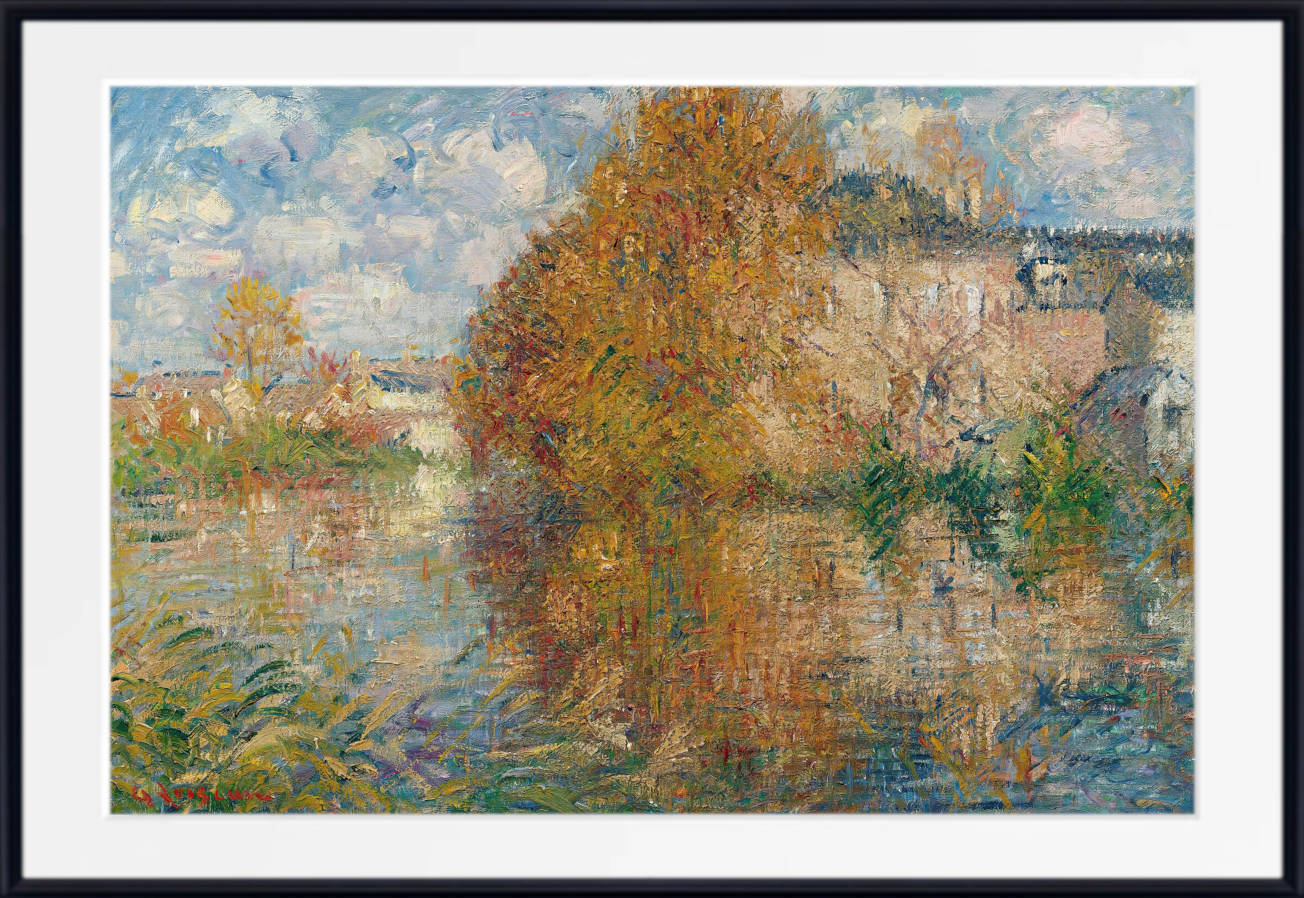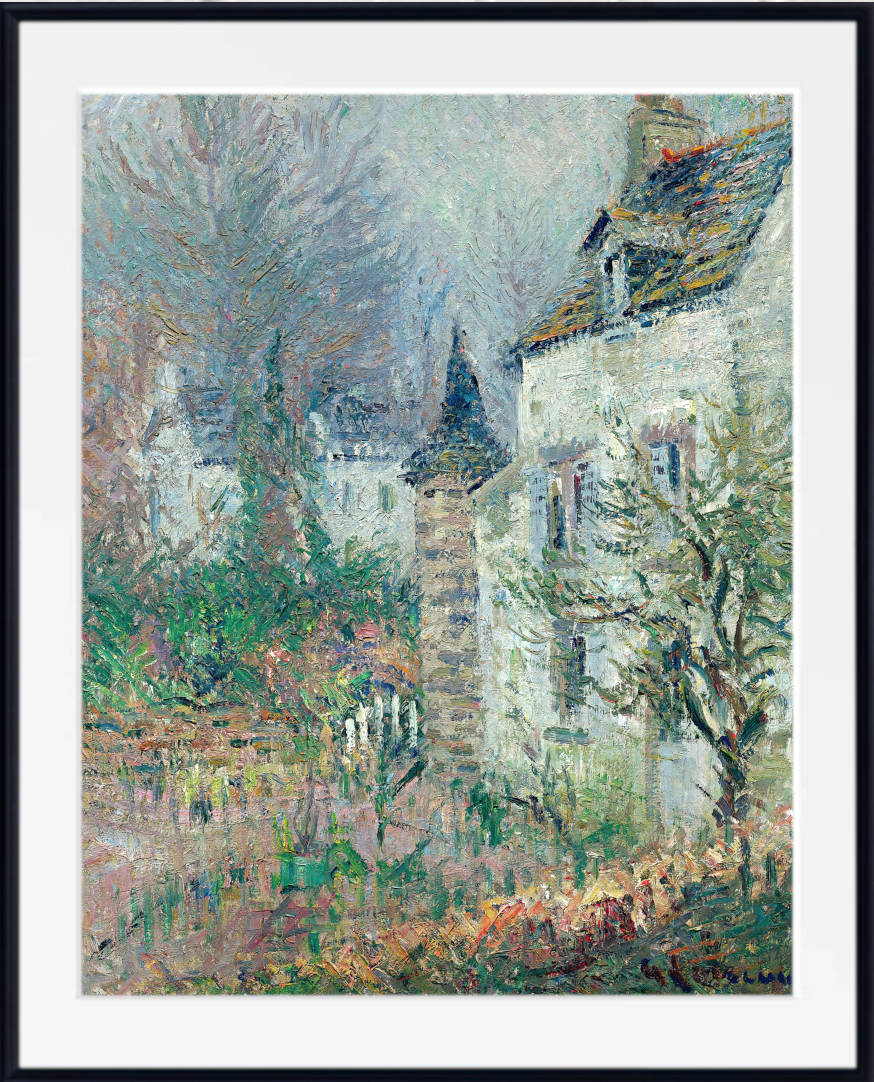Table of Contents:[hide]
Gustave Loiseau (1865–1935), a lesser-known yet significant figure in the Post-Impressionist movement, stands out for his lyrical landscapes and distinct approach to brushwork. While often overshadowed by more prominent names like Paul Cézanne or Vincent van Gogh, Loiseau contributed in a quiet but impactful way to the evolution of French painting at the turn of the 20th century.
Early Life and Artistic Beginnings
Born in Paris on October 3, 1865, Loiseau grew up in a modest family of artisans, which played a role in shaping his early interest in craft and technique. Initially apprenticed as a decorator, he developed an eye for detail and an appreciation for the applied arts. However, his passion for painting soon led him to pursue formal training. In 1887, with a modest inheritance from his grandmother, Loiseau enrolled at the prestigious École des Arts Décoratifs, a critical step in shaping his future as a painter.
During his studies, Loiseau became dissatisfied with the academic approach, which emphasized precision over personal expression. Eager to break free from the rigidity of the academy, he found a mentor in Fernand Quignon, a landscape artist whose influence would become pivotal in Loiseau’s career. Under Quignon’s guidance, Loiseau explored plein air painting, a technique that defined much of his later work.
Loiseau and Post-Impressionism
Loiseau’s artistic development coincided with the rise of Post-Impressionism, a movement that sought to build on the achievements of the Impressionists while emphasizing structure, emotional depth, and individual style. Artists like Georges Seurat, Paul Signac, and Camille Pissarro moved away from the fleeting impressions of light and color that had defined Impressionism, instead exploring new ways to convey form and meaning.
Loiseau, while never overtly affiliated with any formal Post-Impressionist group, absorbed and adapted these ideas. His unique contribution lies in his combination of Impressionist sensibilities with a more systematic approach to composition. Loiseau’s landscapes retain the Impressionist emphasis on light and atmosphere, but with greater attention to structure, often marked by his signature use of “en treillis” (latticework) brushstrokes. These strokes created rhythmic, interwoven patterns that lent his works a sense of dynamism and movement, as seen in pieces like Pont-Aven (1922) and Rouen, Rue avec l’Église (1920).
Brushwork and Technique: The “En Treillis”
Loiseau’s “en treillis” technique is arguably his most distinctive artistic innovation. In this method, he layered short, repetitive strokes of paint in crisscrossing patterns, creating a textured surface that suggests both detail and depth. This technique was particularly effective in rendering landscapes, as it captured the interplay of light on natural forms like trees, water, and sky with a subtle vibrancy.
For instance, in his numerous depictions of the Seine River, Loiseau’s trellis-like brushwork animates the water’s surface, creating rippling effects that evoke the movement of the current. This technique also helped him to differentiate elements of his compositions while maintaining a cohesive visual flow. His paintings often exhibit a rhythmic cadence, as if the landscape itself is alive and breathing, capturing a moment suspended in time.
Loiseau’s approach differs from the dotted, pointillist method of Seurat and Signac, yet it shares the Post-Impressionist aim of using brushstrokes not just to record a visual impression but to enhance the viewer's perception of form and light. His technique imbues landscapes with a sense of continuity and structure, marrying the spontaneous effects of Impressionism with the thoughtful precision characteristic of Post-Impressionism.
Landscape as a Subject
Nature was Loiseau’s dominant muse, and he spent much of his life traveling through the French countryside in search of inspiration. His favorite painting locations included Normandy, Brittany, and the banks of the Seine, all regions with rich, varied landscapes that offered opportunities to explore shifting light, weather, and seasons.
Loiseau was particularly captivated by rivers and small towns, frequently painting scenes of village streets and rural waterways. His works often convey a sense of tranquility and isolation, portraying villages as harmonious elements within the larger, encompassing force of nature. This thematic choice reflects a deep connection with the French landscape tradition, yet his work moves beyond mere representation, offering meditations on the timeless and enduring qualities of these environments.
In works like Snow in Auvers-sur-Oise (1913), Loiseau presents a quiet, snow-covered street with the same attention to natural light and atmosphere that defines many of his works. There’s an understated elegance in the way the snow reflects the cool winter light, with Loiseau’s brushstrokes adding texture and depth to the scene. His landscapes are never crowded with human activity, instead focusing on the subtleties of the natural world.
Influence and Legacy
While Loiseau did not achieve the same level of fame as some of his contemporaries, his works were exhibited regularly at major galleries in Paris, including the Salon des Indépendants and the Galerie Durand-Ruel. His art was appreciated by collectors and critics alike for its technical refinement and poetic sensibility.
Loiseau's significance lies in his ability to synthesize the lessons of Impressionism with a more deliberate and structured technique. His “en treillis” brushwork left a lasting impression on the next generation of landscape painters, particularly those who sought to balance spontaneity with control.
In retrospect, Loiseau represents an important transitional figure in the history of French painting. His work offers a nuanced perspective on the landscape, where light, color, and form are interwoven into a delicate, rhythmic dance. Today, Loiseau’s paintings can be found in major museums and private collections worldwide, serving as a testament to his contribution to the rich tapestry of Post-Impressionist art.
Conclusion
Gustave Loiseau may not be as widely celebrated as other Post-Impressionist artists, but his legacy is no less meaningful. His landscapes, with their intricate brushwork and serene beauty, offer viewers a momentary escape into the timeless rhythms of nature. Through his distinctive “en treillis” technique, Loiseau successfully bridged the gap between the fleeting sensations of Impressionism and the more structured, introspective approach of Post-Impressionism. As such, his work remains an essential, though often overlooked, chapter in the history of French art.
Related Articles
Post Impressionism Art

